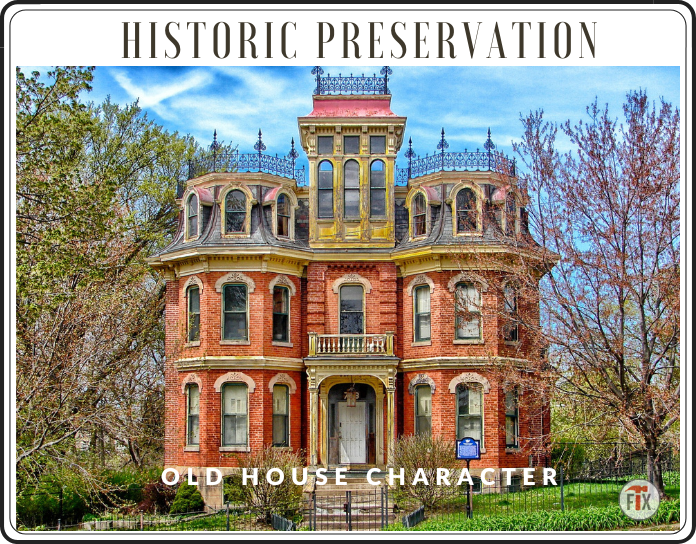
Updated: 04/29/2023
Old Houses just have a certain charm and character! That’s why Old Houses are so desirable and sought after. For many reasons, we just don’t build houses like we used to! Whether it’s time, or profit driven, loss of trade/ skills/art, we just don’t seem to value “Old House character” anymore…I don’t know why. One thing I do know is, it’s a shame.
More and more, Old Houses are lost to the wrecking ball due to neglect, soaring property values, and new development. This is why it is so important that we, as Old House owners and “caretakers ”, preserve the little bit of history we have left, and to pass these gems on the the next generation.
So how can we do that? When repairing, renovating, or restoring, it is extremely important to be aware of, and try to preserve a historic home’s defining features. This will help maintain its “Old House character”.
Let’s get started, and go over some “best practices” and real world examples.
What is Old House Character?
So, back to the “defining features” of a historic home. They aren’t confined to just the physical elements of the home. The defining features of an Old House are just as much in the design and style, as physical defining features.
According to Building in Character Makes a House a Home, “character is more of an overall feeling produced by a house, architects say, a combination of emotional and physiological responses to the surroundings. In short, it’s what makes a house feel like home.” (Breckenridge, 2004).
What Gives a Home Old House Character?
So, what gives a home its Old House character? There are many elements. Here are a few:
“Our response to a house is triggered by the way its designer shaped space, light and order. We respond positively to certain features, such as spaces that are sheltered and repeated elements like shapes or colors, because our brains are wired to do so. The designers of many older homes incorporated those elements, which is why we tend to think of old houses as having character.” (Breckenridge, 2004).
This idea also includes physical elements such as trim, siding, doors, windows, “wavy glass”, flooring, just to name a few. Unfortunately, many new homes just don’t build to these elements and standards anymore. Breckenridge (2004) continues:
“They [new homes] just don’t have any soul to them. “I often refer to them as starter castles built in steroid style. Houses started losing their uniqueness and character when mass production reached the housing industry. Time became money, so easy-to-build rectangles and squares became the norm. Gone were elements like handcrafted doors and cabinets, generous use of windows and interesting nooks.
As house sizes have grown, it would seem that this problem has only grown, thus the reason for new homes that completely lack that “old world” character, from days gone by.
The Loss of Old House Character
Often, we are on the receiving end of decades of “new home improvements”. Aluminum/vinyl siding, replacement windows, and insulated exterior door sets (steel/fiberglass). Many of these “improvements” are marketed using terms like “lifetime”, “maintenance free”, and “better than new”. Unfortunately, these “new” products didn’t live up to their “forever” promise. As a result, during installation they had the negative effects of covering, stripping, or destroying a historic home's character.
Aluminum siding
DIY Shows Gone Bad
Even worse, many DIY shows on television (not all historically minded), have drilled it into our brains that as new homeowners, we are supposed to close on a house,“gut” it, then make it look like brand new construction. Granted, you may need to remove major elements of your house, as every house, and its condition differs – safety first. But these shows seem to tell us to do this before 1) ever moving in (in many cases) 2) getting to know the home first, and 3) educating ourselves (especially on historic homes) on what the home actually needs.
So, take it down to the studs, rip everything out, open up all the walls, because its “out with the old…and in with the new”on every episode. I truly think that by teaching us to follow these “trends” over “timelessness”, its a larger marketing strategy to keep consumption up, and ensure that you enter a remodel cycle every 5-10 years. Clever hey???!!!
![]()
The Result
Congratulations, you may have just “gutted ” the heart and soul of your “new” old house, without even realizing it. I know I fell for this in the beginning!
What I’ve Learned: Due to the quality materials and workmanship originally used, you cannot, or will not ever be able to replicate those lost features again. Simply stated, Old Houses are non-renewable resources – from workmanship, to old-growth timber, and the uniqueness present, prior to mass production home building. This movement was characterized by eliminating many “extras” like custom exterior millwork, slate and cedar shake shingles, half-round copper gutters, custom cabinets, house-wide built-ins, and unique nooks and interior features.
So, try to follow these simple guidelines to maintain, and retain your home’s Old House character as it ages, and as you remodel. Remember, you own the home and need to make updates, but you are also charged with being its “caretaker”,therefore entrusted with passing this historic artifact on to the next generation.
It’s all in the details, folks! They add up to equal Old House character and charm, or they can add up to erase it.
Old House Character – Exterior Elements
Pay close attention to the original layout, sizes, shapes, and scale of all exterior “defining features” like trim, siding, gutters, millwork, windows, storm windows, and more.
How to Retain Old House Character - Part 2
Often, we are on the receiving end of decades of “new home improvements”. Aluminum/vinyl siding, replacement windows, and insulated exterior door sets (steel/fiberglass). Many of these “improvements” are marketed using terms like “lifetime”, “maintenance free”, and “better than new”. Unfortunately, these “new” products didn’t live up to their “forever” promise. As a result, during installation they had the negative effects of covering, stripping, or destroying a historic homes character.
Do’s
First of all, do a little detective work. Look for clues to the past – old patterns in the paint after aluminum siding is removed, old paint lines, old pieces of trim, shadows from old features removed, As a result, this will give you clues moving forward.
Window sill ends
Skirt boards
Make sure you and your contractor do your homework . Why? So you don’t end up removing and/or replacing any element of your house with just “anything that will fit” , or that lies on the shelf at Big Box stores. Know the “style” of your house and stick to it.
Window trim restoration
Rehab and reuse old growth clapboard
Gable Crown
Always try to repair vs replace. New wood WILL NOT hold up like “old growth” wood. Old growth wood is naturally rot resistant, more dense, and harder than new wood. Read more exterior repair info HERE.
Above all, try to replicate vs replace. Anything replaced, should done using “like '' materials (size, shape, thickness, angle, and scale). Therefore, think drip caps, skirt boards, and gable/soffit milllwork. More on millwork from our friends at This Old House.
Rebuild “old growth” wood windows vs replace. Why? Well, contrary to what the replacement window companies will tell you, have you ever seen a vinyl /fiberglass window last 100+ years? Yeah, me neither! Additionally, rebuilt wood windows can be just as efficient, and at a fraction of the cost!
Original wood window
Try to use historic looking roof materials, like “carriage house”, slate, or cedar shake shingles.
Cedar Shakes
Carriage house shingles
Replacement Glass – Try to salvage old “wavy glass” from your local architectural salvage store.
Wood storm with “wavy” glass
Don'ts
First of all, try to stay away from aluminum and vinyl siding if possible. Consequently, they almost always cover, destroy, or damage original defining features of the house, thus killing “curb appeal” and “Old House character”.
Try to stay away from aluminum storm windows. There are BETTER year-round wood storms now available. Read more info HERE.
Don’t fall for the replacement window sales pitch. I speak from experience after inheriting old vinyl windows! They don’t hold up!
Pay attention to gutters – Don’t replace a half-round with a K-style gutter, etc. Get a little “fancy” with the brackets!
Don’t replace original exterior doors with metal, fiberglass, or “newer” inferior wood products.
If they leak or have 32 layers of paint, just strip, refinish, and reseal the door opening. Again, its old growth wood, a nonrenewable resource, will never rot as quickly as newer replacement doors will.
If the original doors are missing, have a local cabinet maker build new ones. Additionally,new doors with historical details, can be built to your specifications, and from solid wood.
New “mortised” lock set
New solid oak doors
Don’t use incorrect or incompatible styles for the following – exterior light fixtures, house numbers, doorbells, door knobs/sets, mailboxes, and storm window hardware. Porch steps, stone, and railings are important features, as well.
Before restoration
After restoration
Replacement Glass – Don’t use “new '' flat glass (use re-purposed “wavy glass' ' as described above. Note: New “restoration (wavy) glass may be cost prohibitive.
How to Retain Old House Character - Part 4
Old House Character – Interior Elements
Pay close attention to the original layout sizes, shapes, and scale of all interior “defining features” like trim, millwork, windows, doors, flooring, lighting, fixtures (electrical and plumbing), and more.
Do’s
Above all, look for clues to the past – old lines in wall paint/behind wallpaper, old pieces of trim left behind, shadows from old features removed, etc. This will give you clues moving forward.
Hidden picture moulding
Hidden chair rail
Hidden picture moulding
Hidden chair rail
Hidden picture moulding
Kitchen and Bath – Both need to be modernized, but you can do it in a way that is still historically sensitive to your Old House, so it still flows as if its always been there.
BEFORE – Refrigerator Wall
Try to save or incorporate “period style electrical lighting, fixtures, and switches. Additionally, pay attention to correct finishes such as polished nickel, antique brass, oil rubbed bronze, etc.
Repair and Re-skim plaster walls and ceilings vs drywall – its more mold resistant, sound-deadening, and blocks more plumbing noise in the walls.
Refinish and restore old trim and floors. Because, as bad as they look, they can almost always be repaired and refinished!
Finally, remember that a “timeless” look will endure long past the current trend(s). This eliminates “planned obsolescence” and another remodel down the road.
Don'ts
First of all, don’t be talked into completely gutting your interior for plumbing, electrical, and HVAC upgrades. In many cases (not all), upgrades can be performed requiring only minor access holes. See more examples on our Unico and Kitchen Design and Remodel blogs.
Low profile outlets blend well
Don’t follow current “trends” and fads, which almost ensure additional remodeling down the road.
Original trim
Remodel trim
Try not to come in and “gut” the home on day one, before getting to know its history, how it flows, what it actually needs, what works, and what does not work. There are exceptions. But the best way to learn what is best for your house (remodel or addition) is to live in it first (if possible). Otherwise, your remodel or addition may no yield the full results you expected. This causes rework and more $$$!!!
This one may be the most controversial, because yes, it is your Old House. But try not to make the inside of an “old” house … look like a “newer style” house. Otherwise, why buy an Old House in the first place, only to end up with a historic “shell”? I know everyone has their own opinions on this topic. But it just makes me sad to see the character, materials, and history lost, just to meet a short-term goal. I see this a LOT in our neighborhood, and interiors are not usually protected at the “city” Historic District level – only the exteriors.
If this continues, will we see a day when all Old Houses are modern on the inside, and completely stripped of its past, its heart, and its soul? I hope not!.
Once lost, it’s lost forever…so consider the options, actions, and lasting impacts when removing any “defining features or elements” of an Old House.
More Old House Character Resources
National Park Services – How to preserve, preservation briefs, tax incentives, etc)
NPS Preservation Briefs
Old House History: Embracing the Past
Old West Side Association Resources (Historic Preservation, education, information).
5 Things You (Probably) Shouldn’t Do When You Buy an Old Home
Read HERE for more MOHF blogs on Historic preservation
Conclusion
I’ll leave you with a passage from Ann Arbor’s Old West Side News, Never Just an Old House (May 2015), that sums up the importance of historic preservation and retaining old house character.
“We celebrate our old houses, we have a responsibility to protect them – for ourselves, our neighbors, and for the future. Each house has a unique design built of premium materials. Some of these building blocks, whether clapboard, brick, or stone, can no longer be found with quite the same prized qualities. Our first responsibility is not to do anything that damages the original design or destroys historic materials. The better course is to preserve what is original, which has often lasted a hundred years. With proper care, a historic house can last indefinitely.
We who live in old houses are only custodians. The more ephemeral rewards flow from the legacy we help preserve. We say we “own” our homes. But each house has a community interest beyond ourselves. Its walls have memories of families before us, and will grace families to come after us. This is an old fashioned notion, but it resonates with those of us who value being part of this preservation of good things from the past.
The value and beauty of one house depends on how well it is maintained and its historic character preserved. But, it also depends on how well the entire community maintains and preserves its historic character. One house on a block that has lost its historic character, diminishes the entire block.” – Hamilton & Brummer, 2015
And finally, I hope this highlights the “Old House character”, and I hope it gives pause to the notion that the first action of owning a “new” Old House is to “gut” it and start over…effectively erasing its heart and soul forever!
Because…it’s never just an old house!
Best of luck, and keep on Fixing!
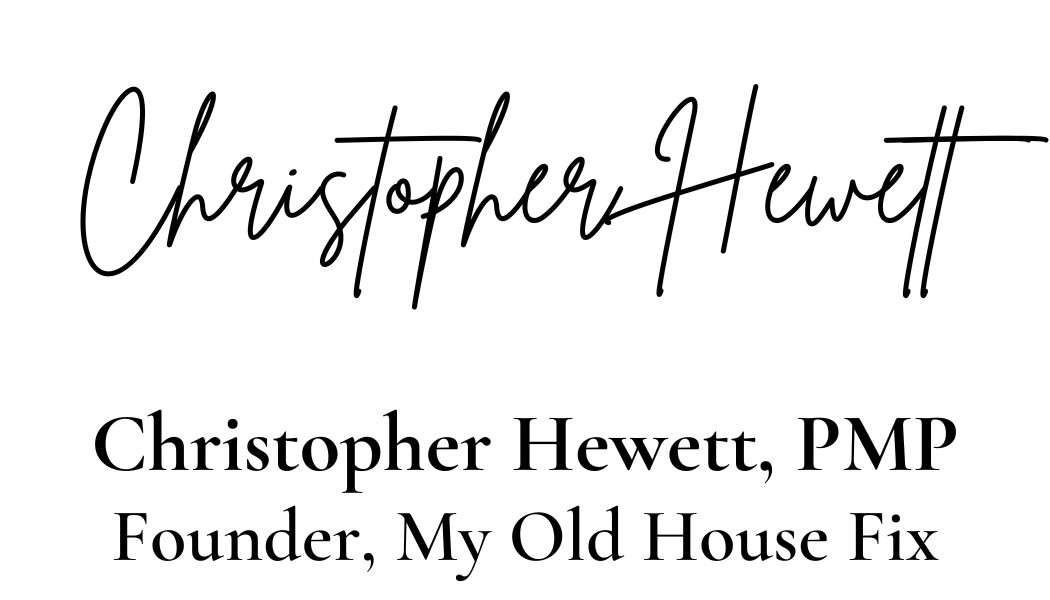
For more info visit: www.myoldhousefix.com
![]()
Posts may contain affiliate links. If you use these links to buy something, we may earn a small commission (at no additional cost to you). Full disclaimer HERE.

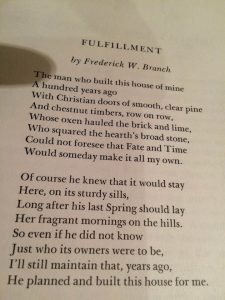
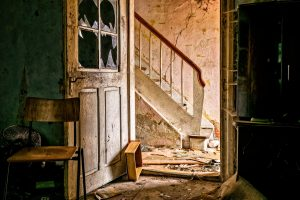
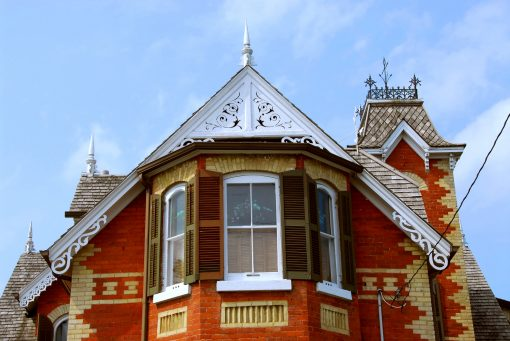
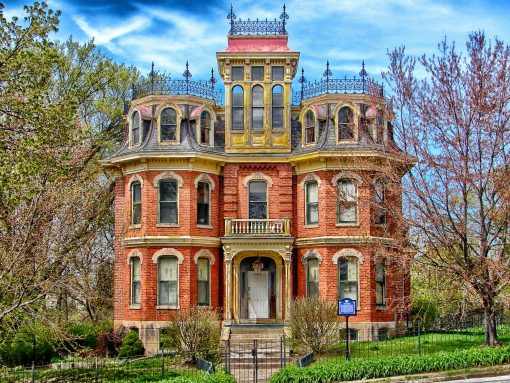
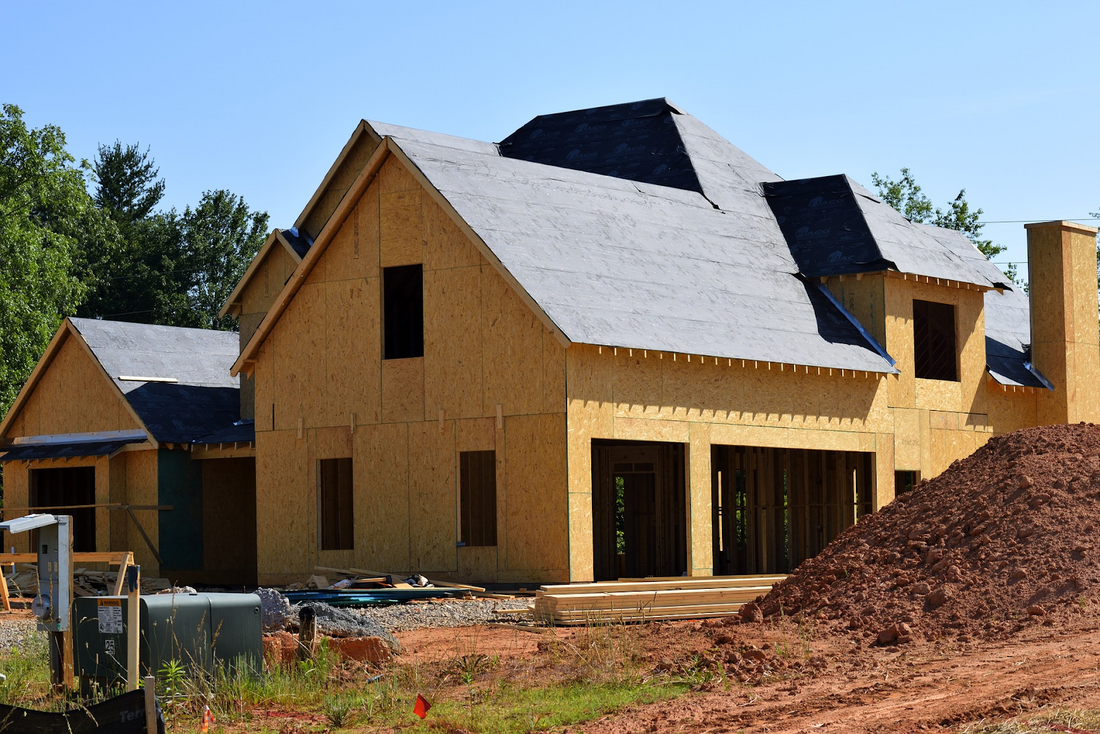
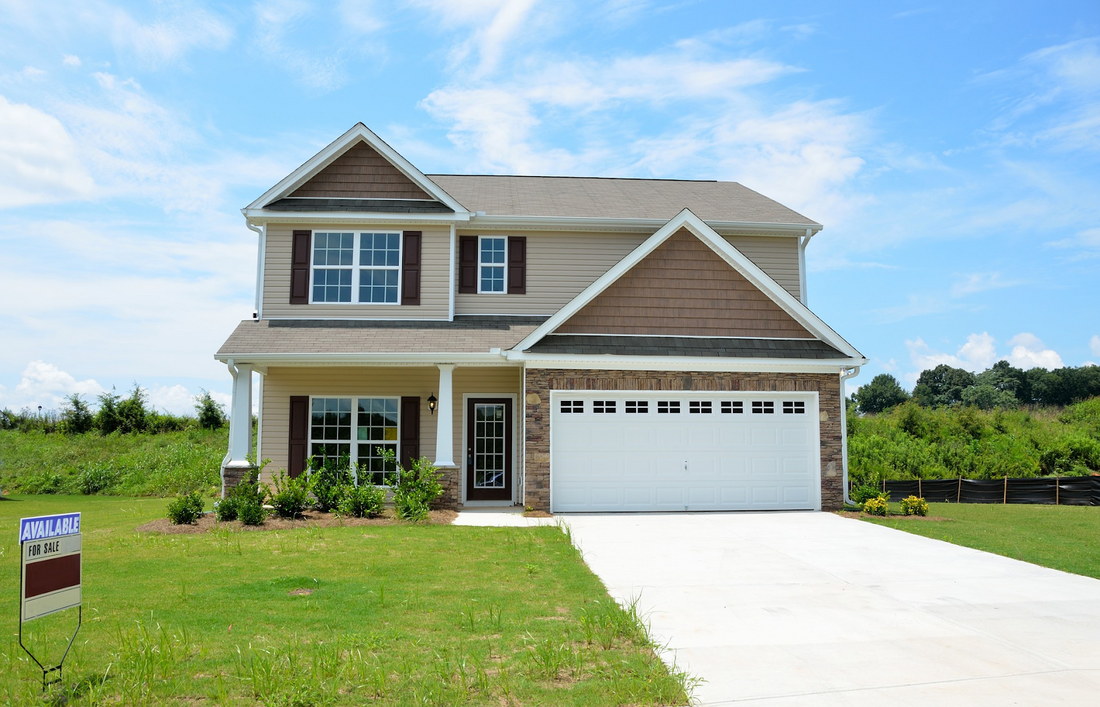
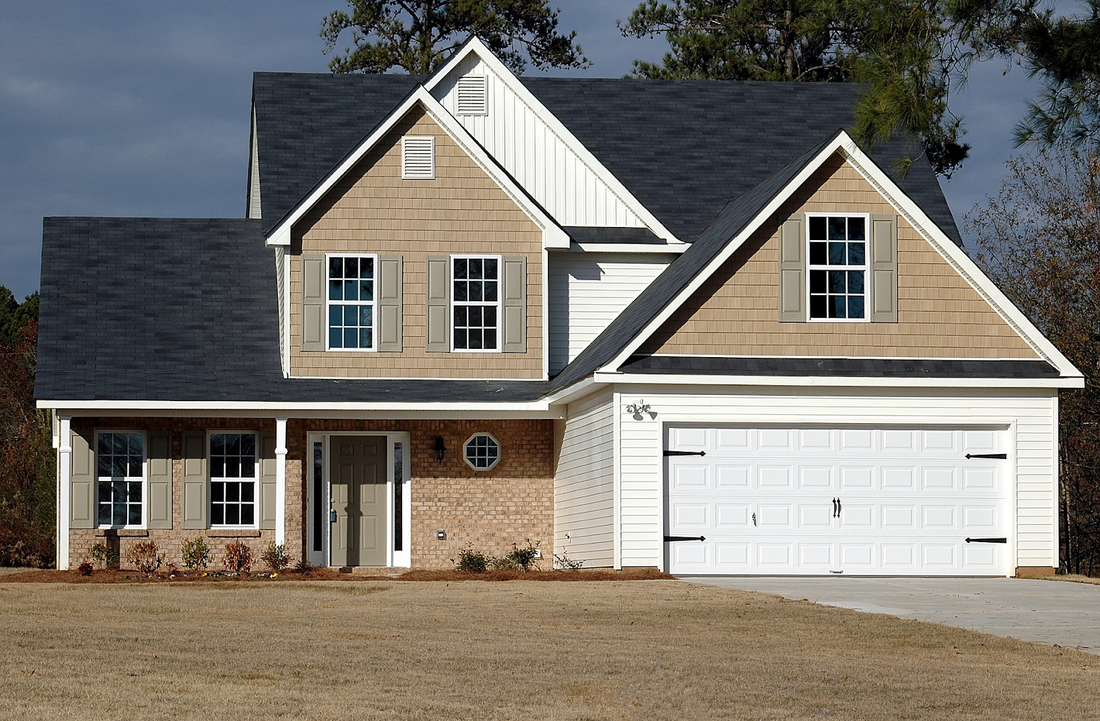
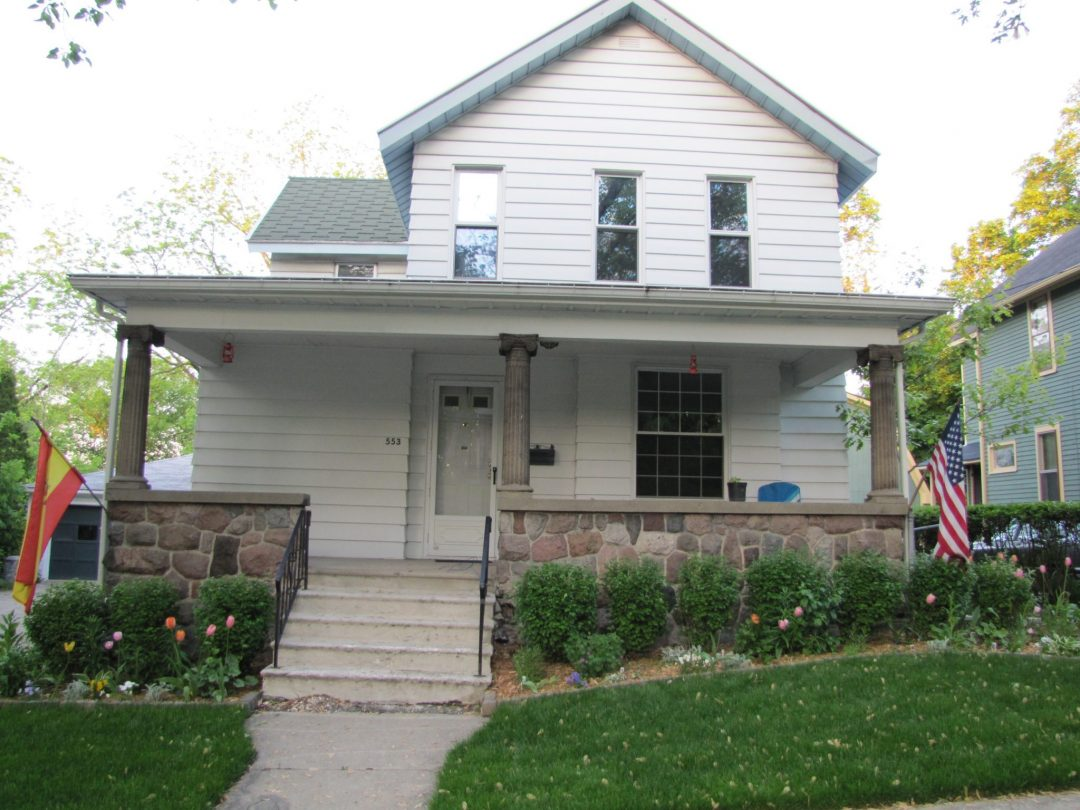
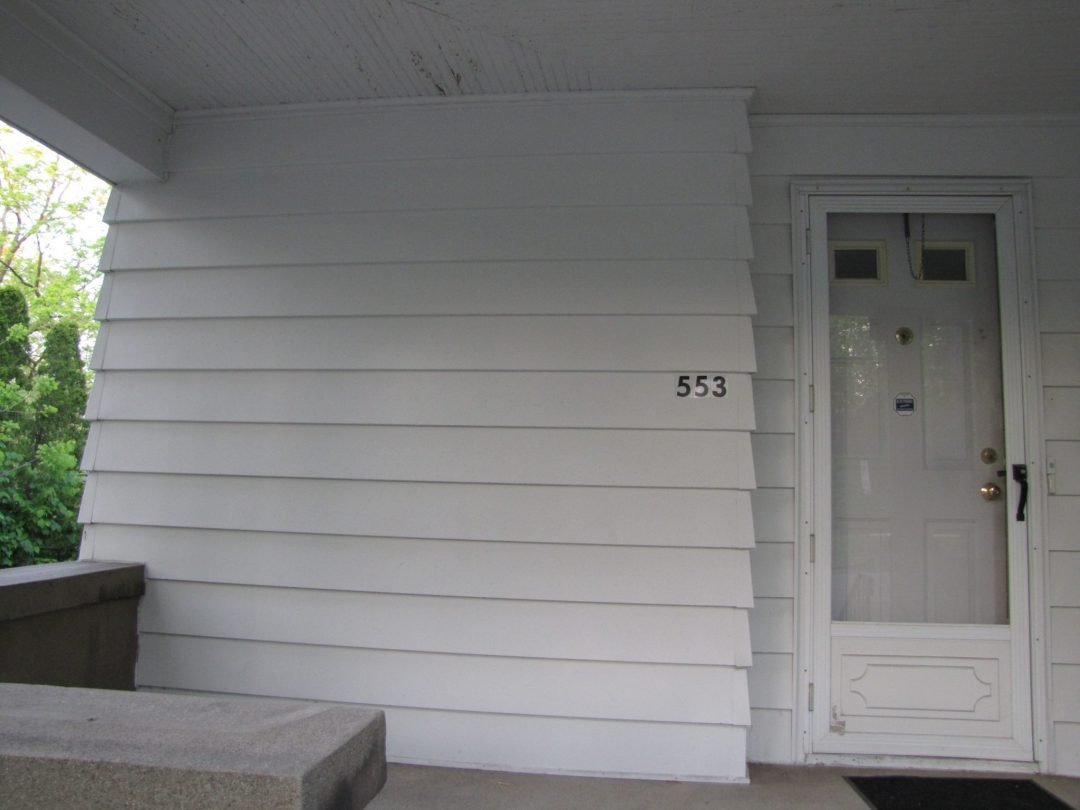
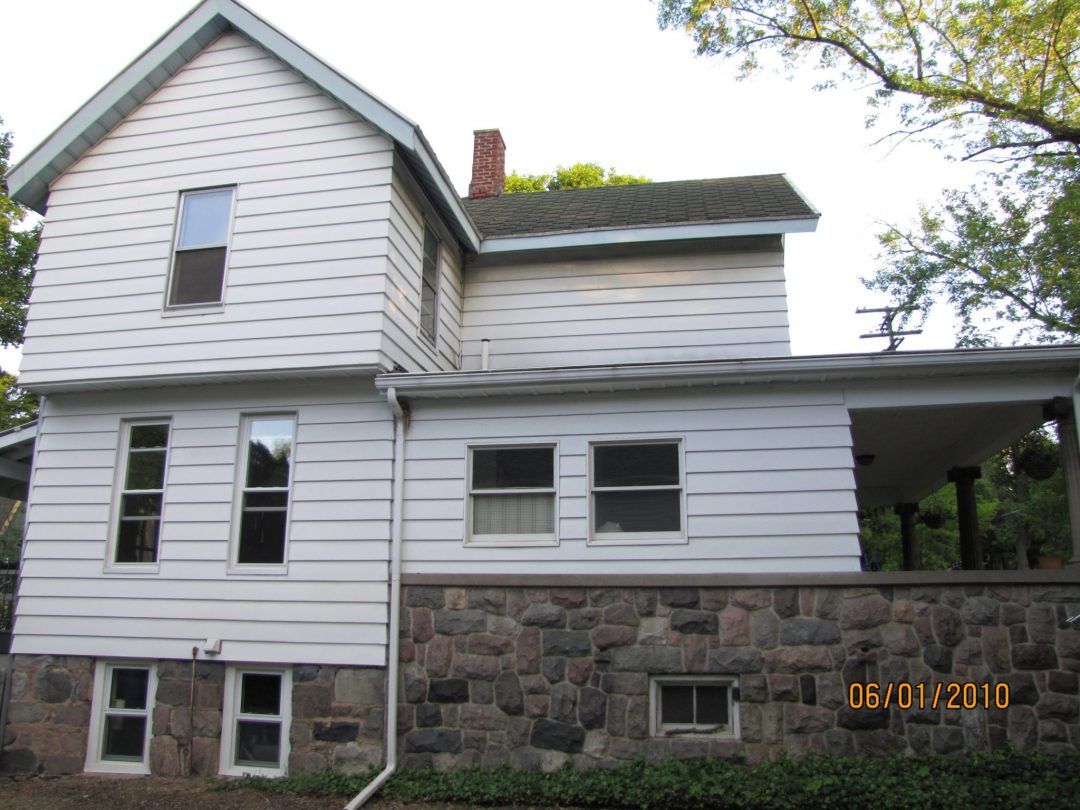
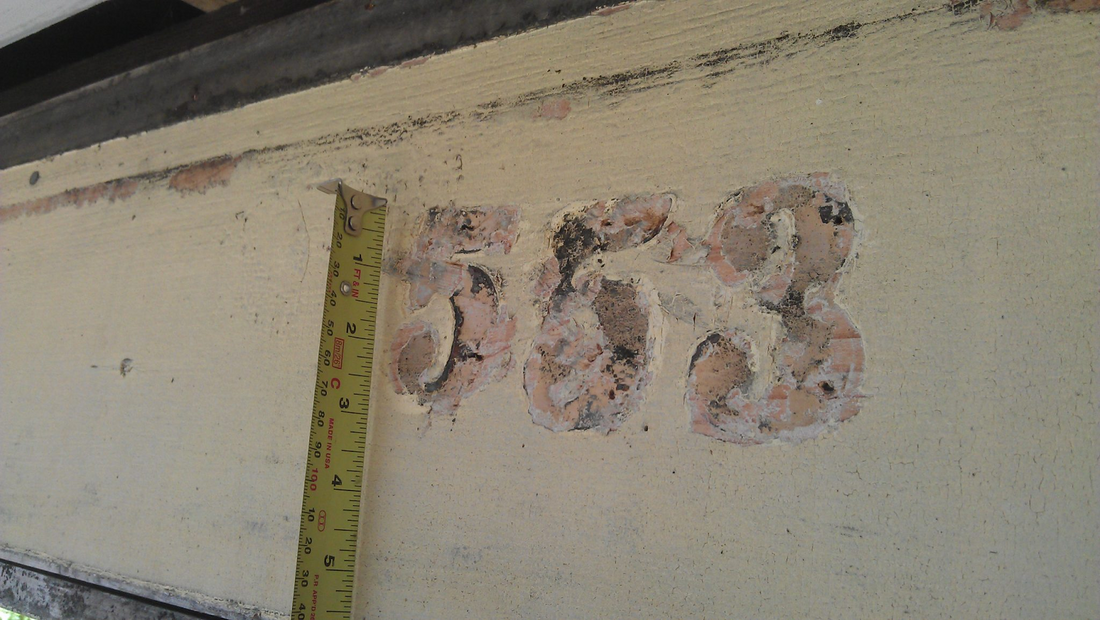
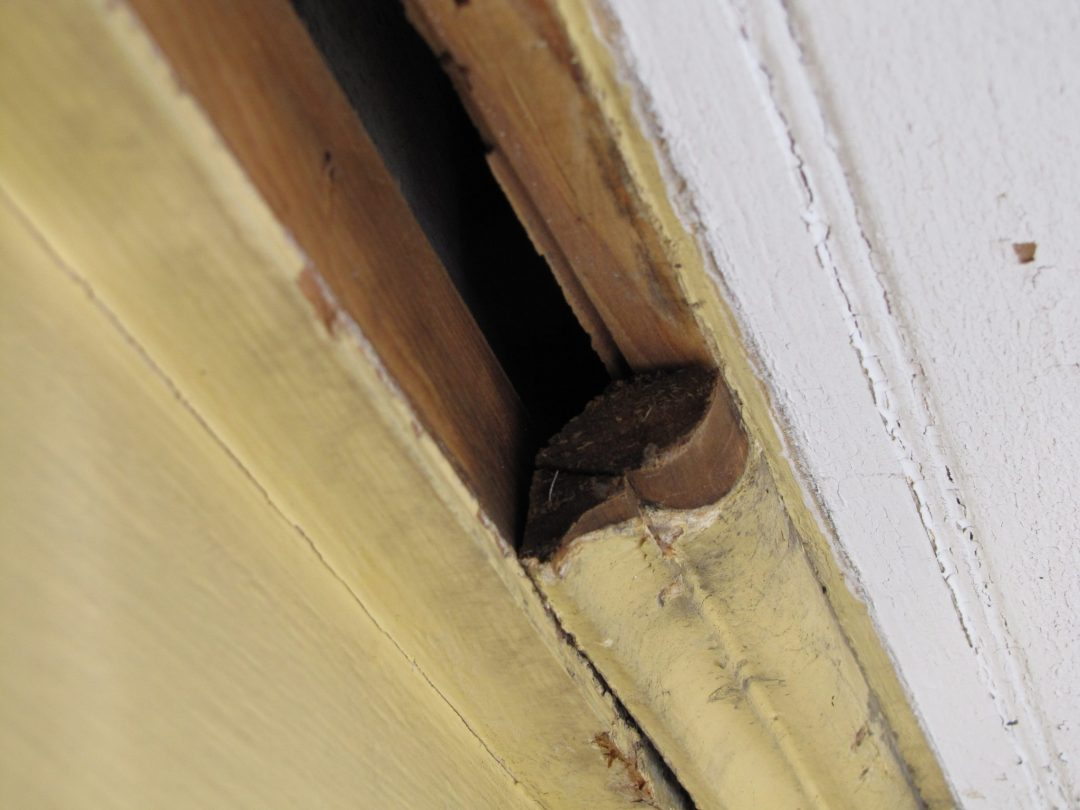
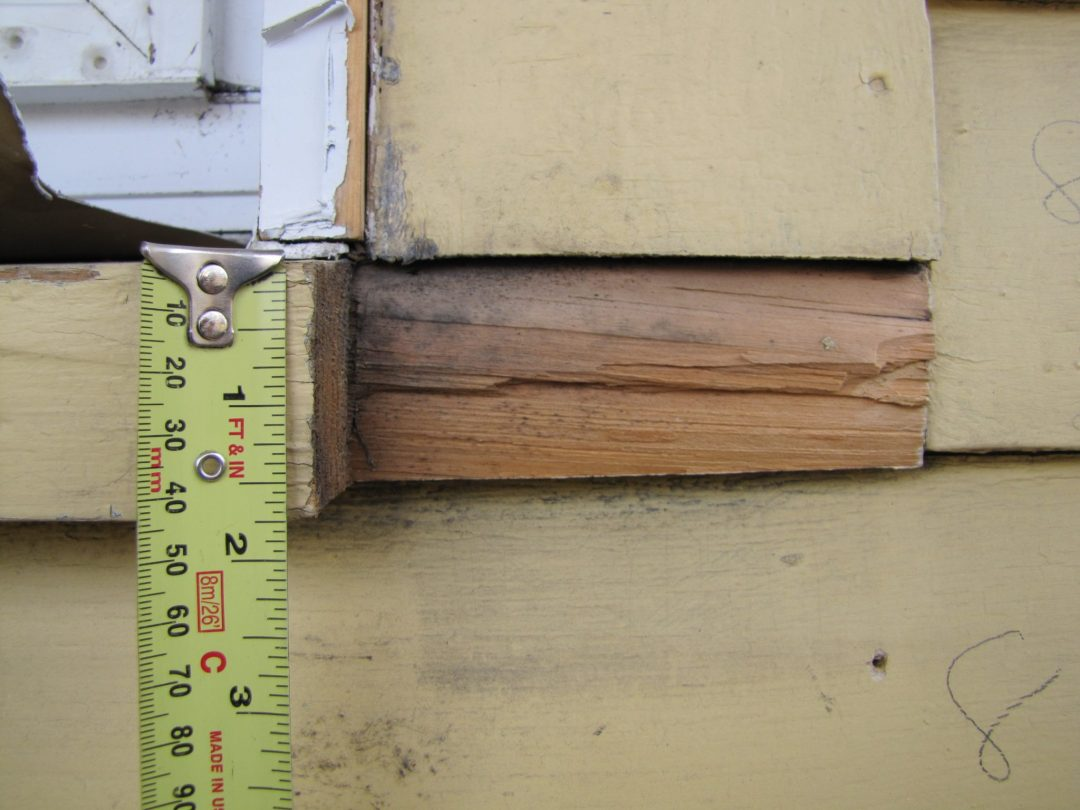
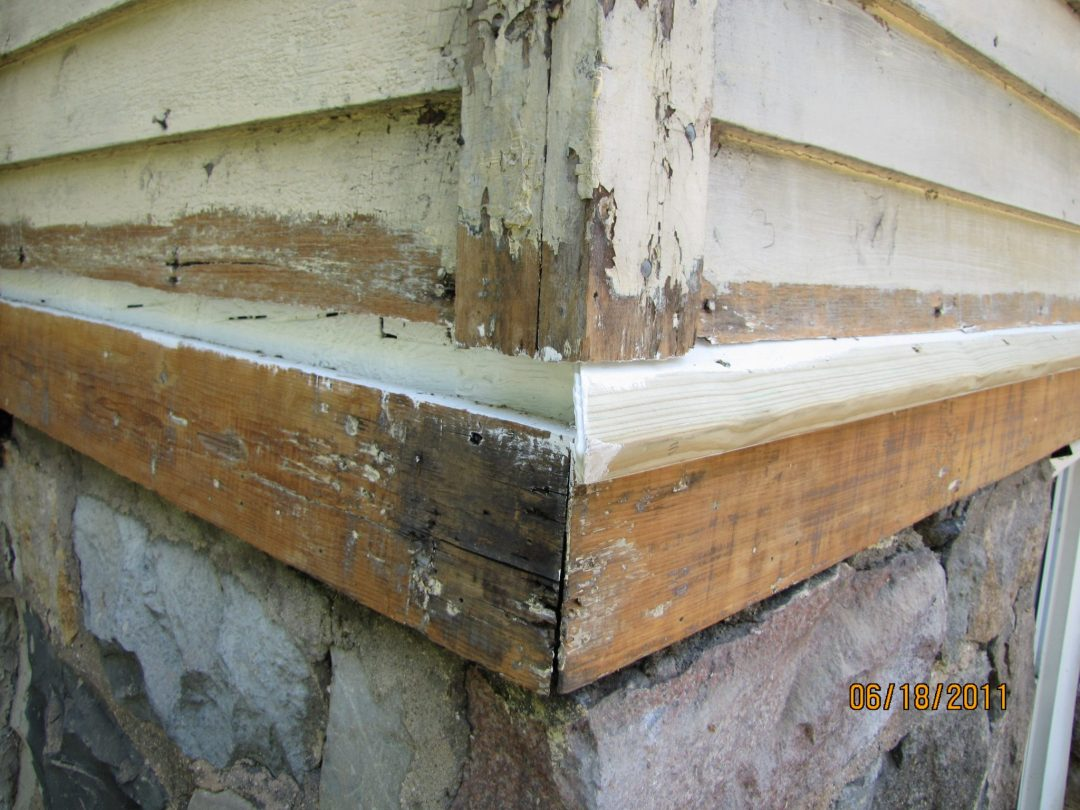
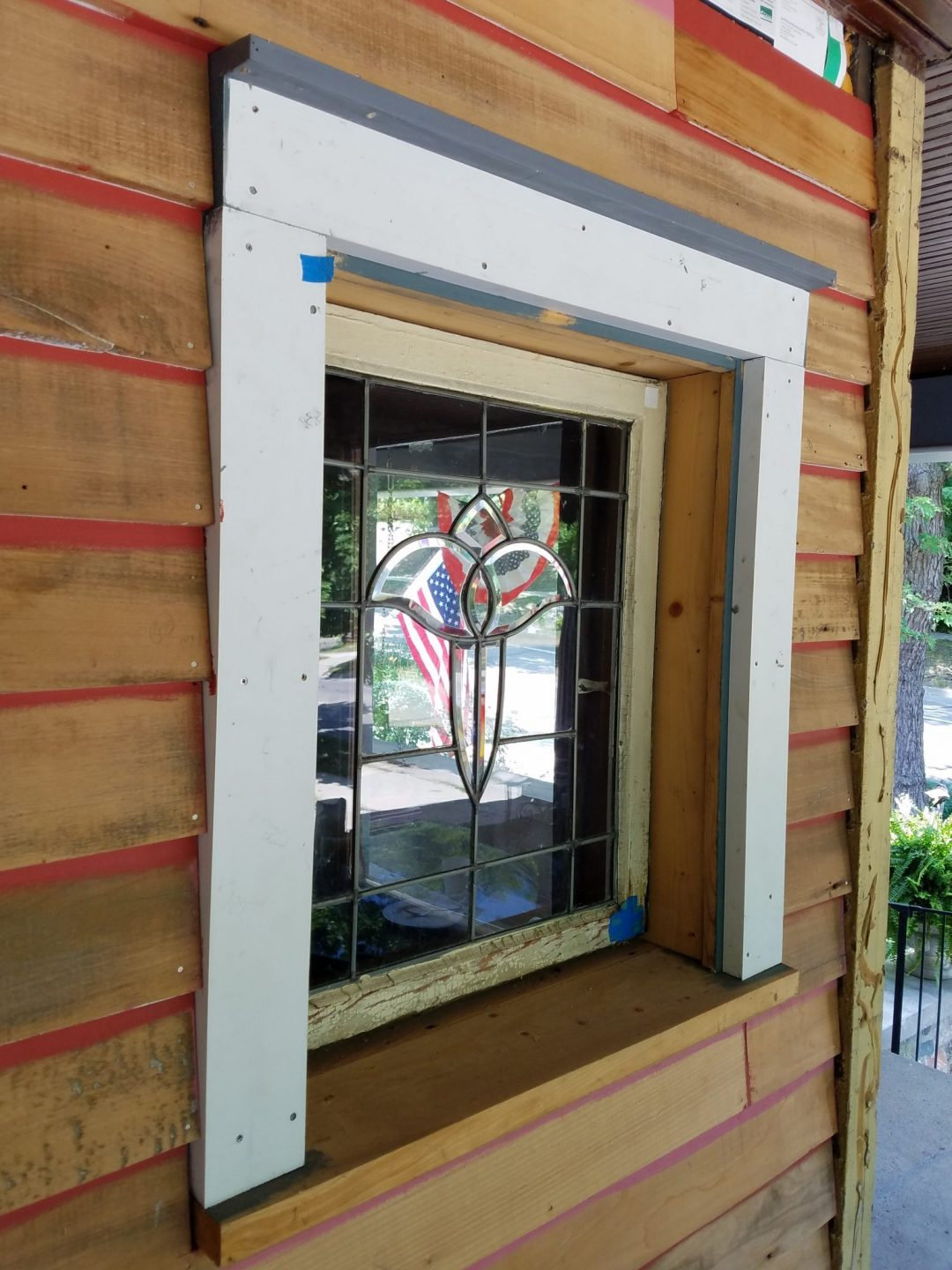
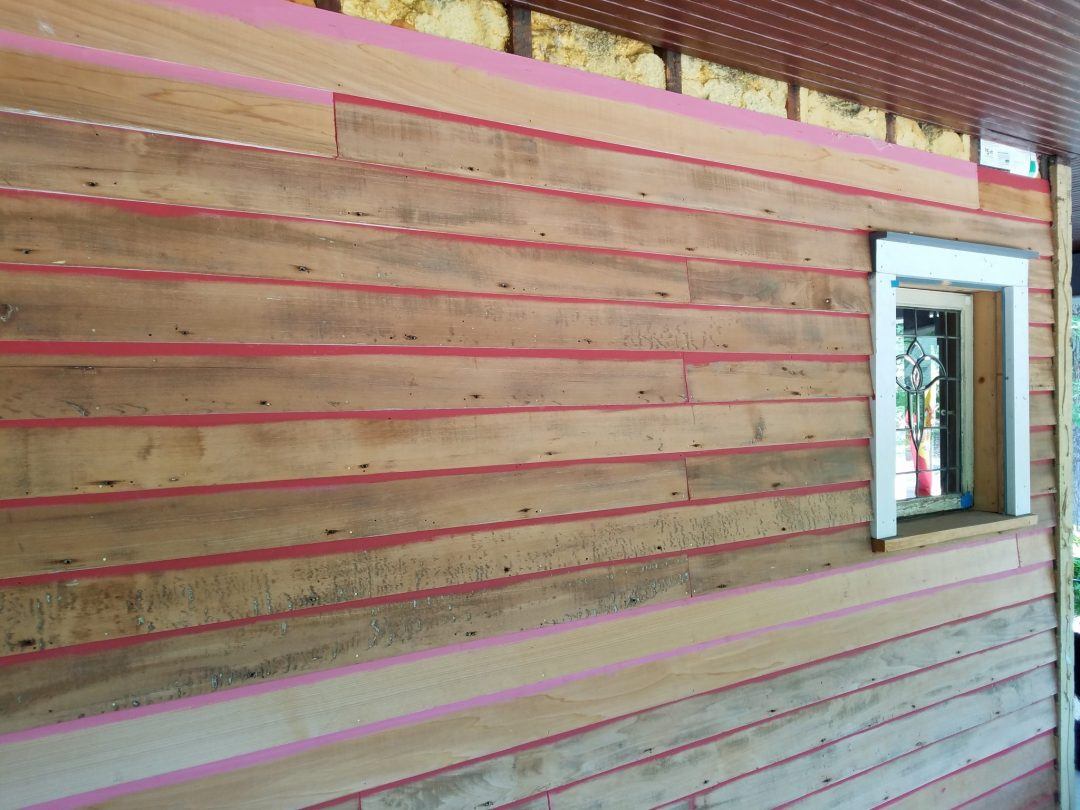
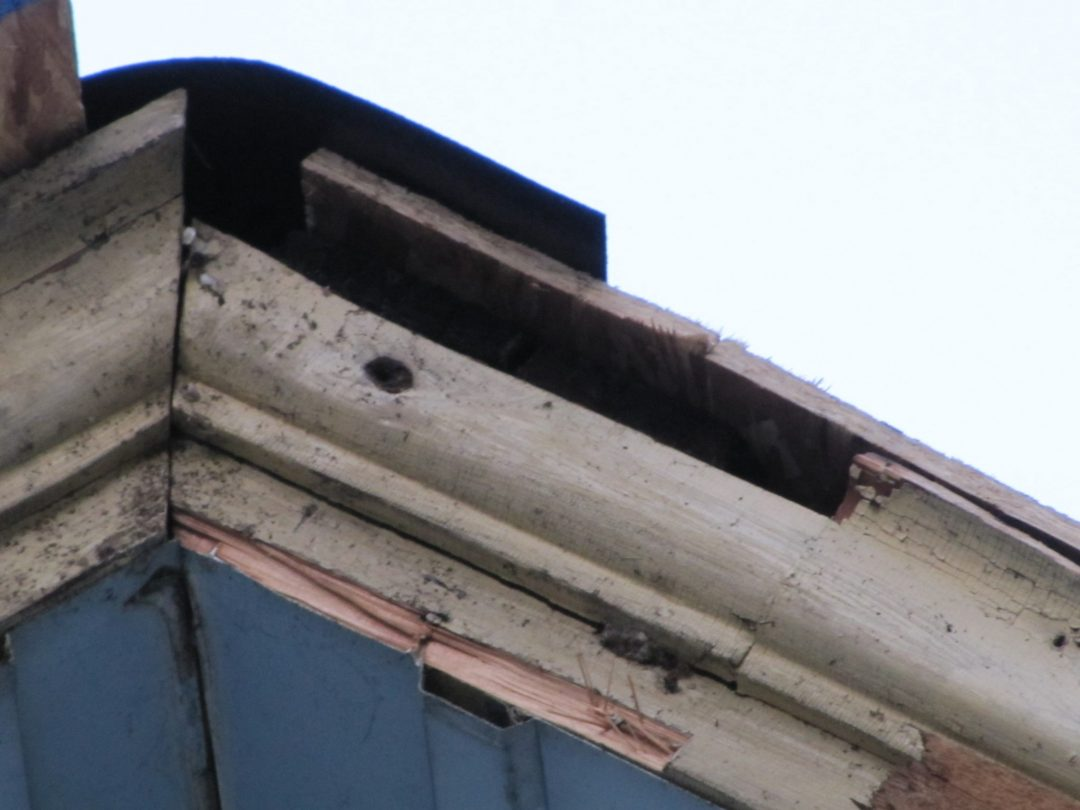
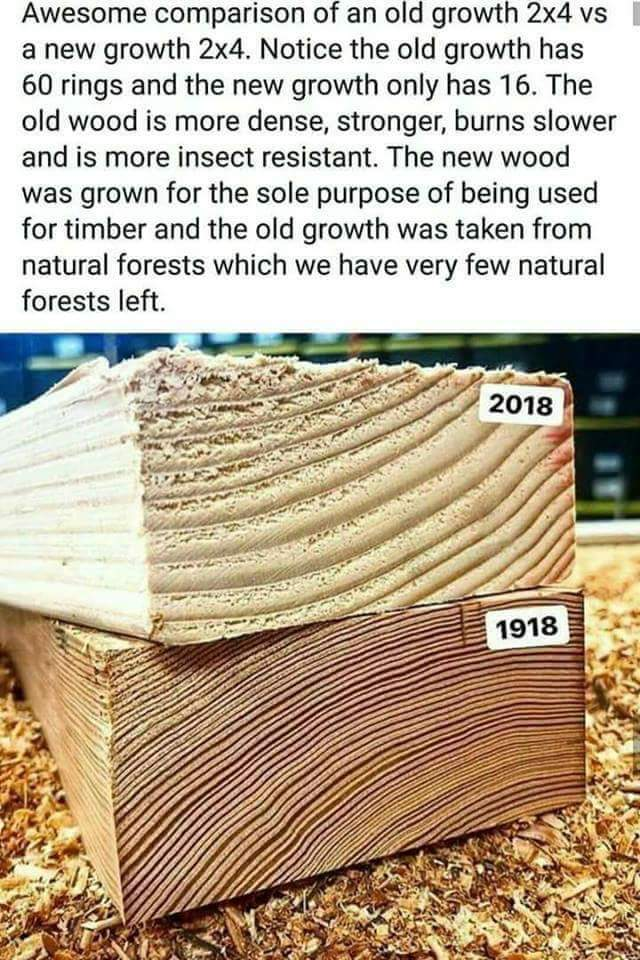
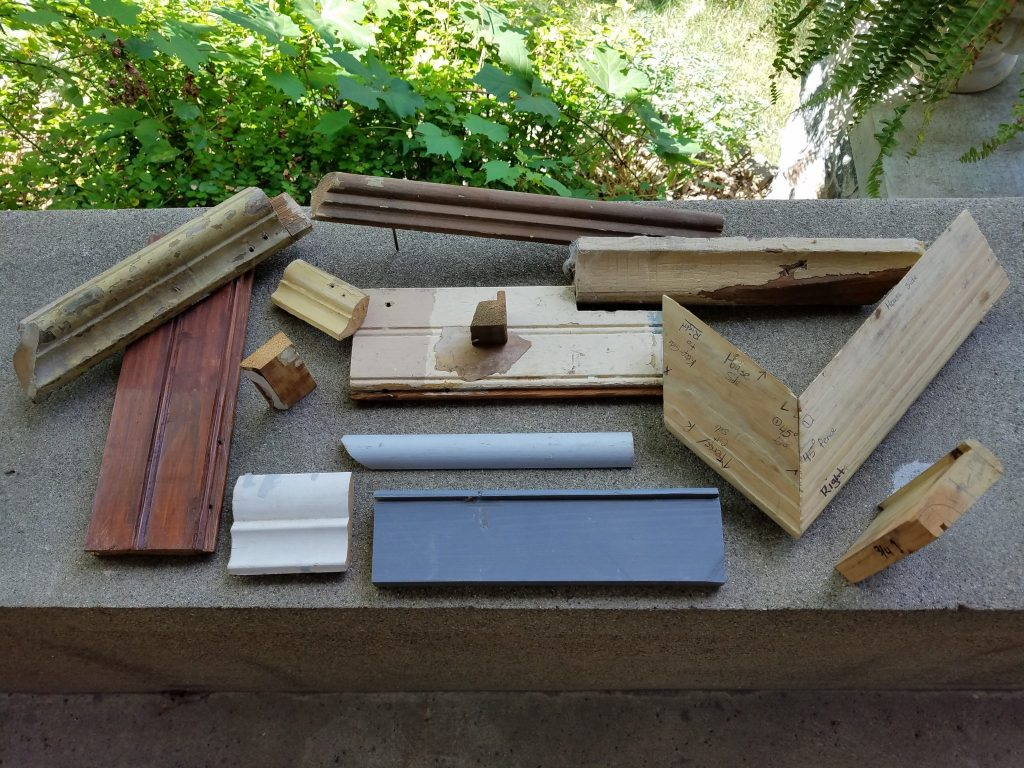
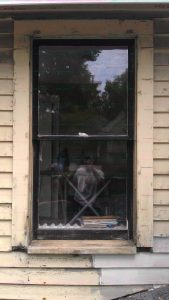
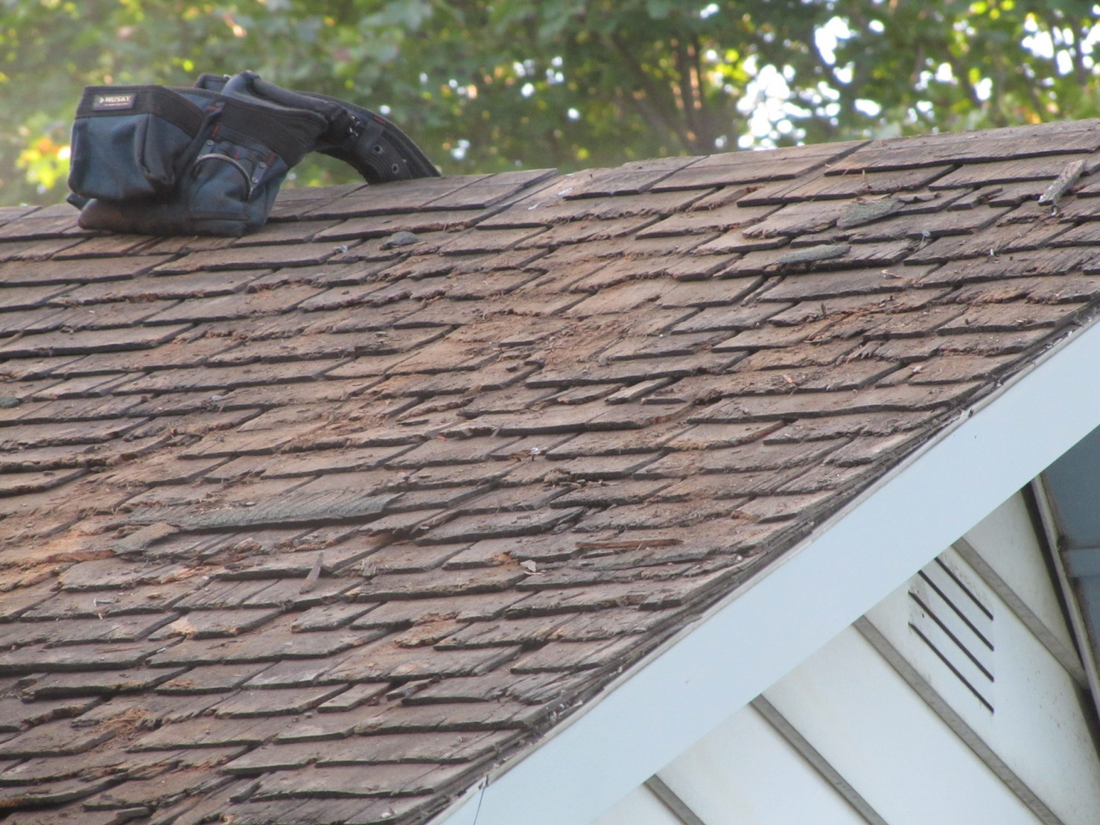
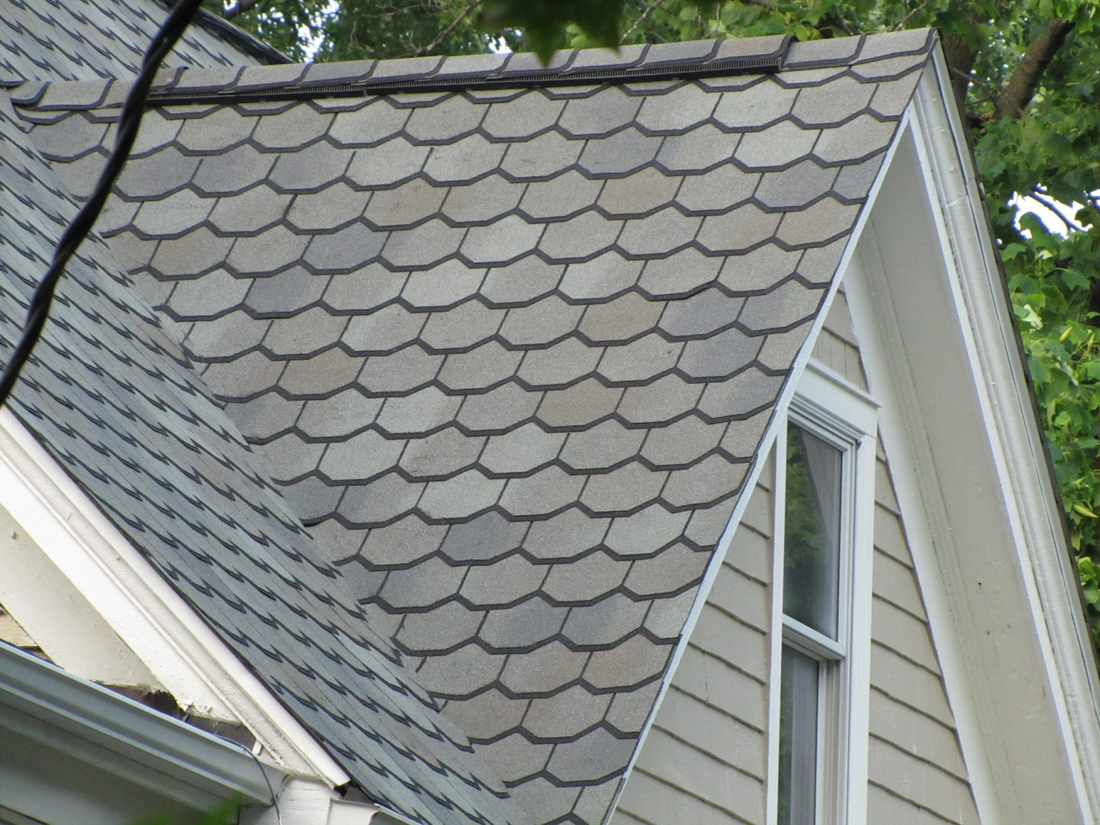
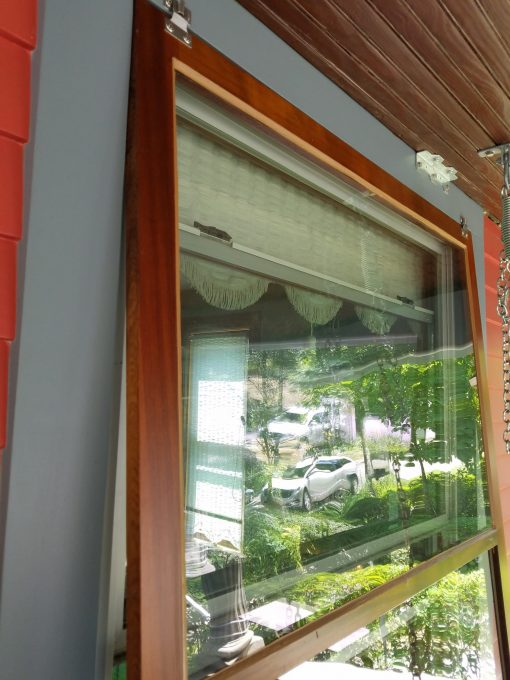
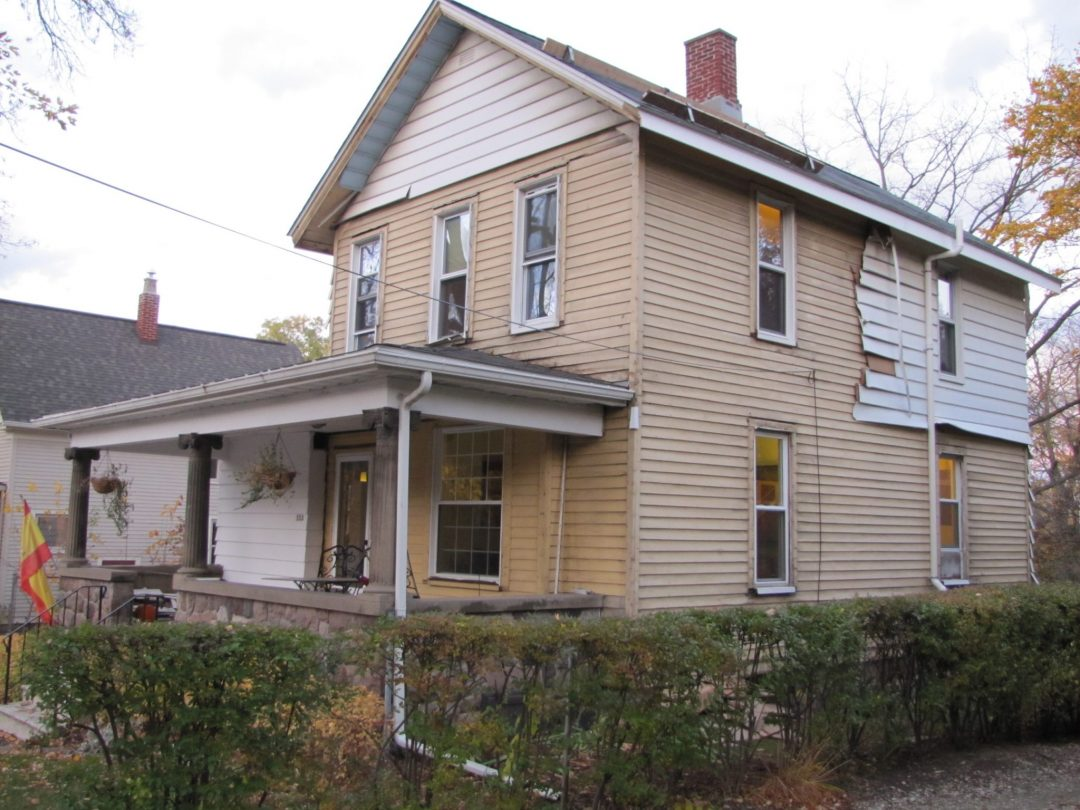
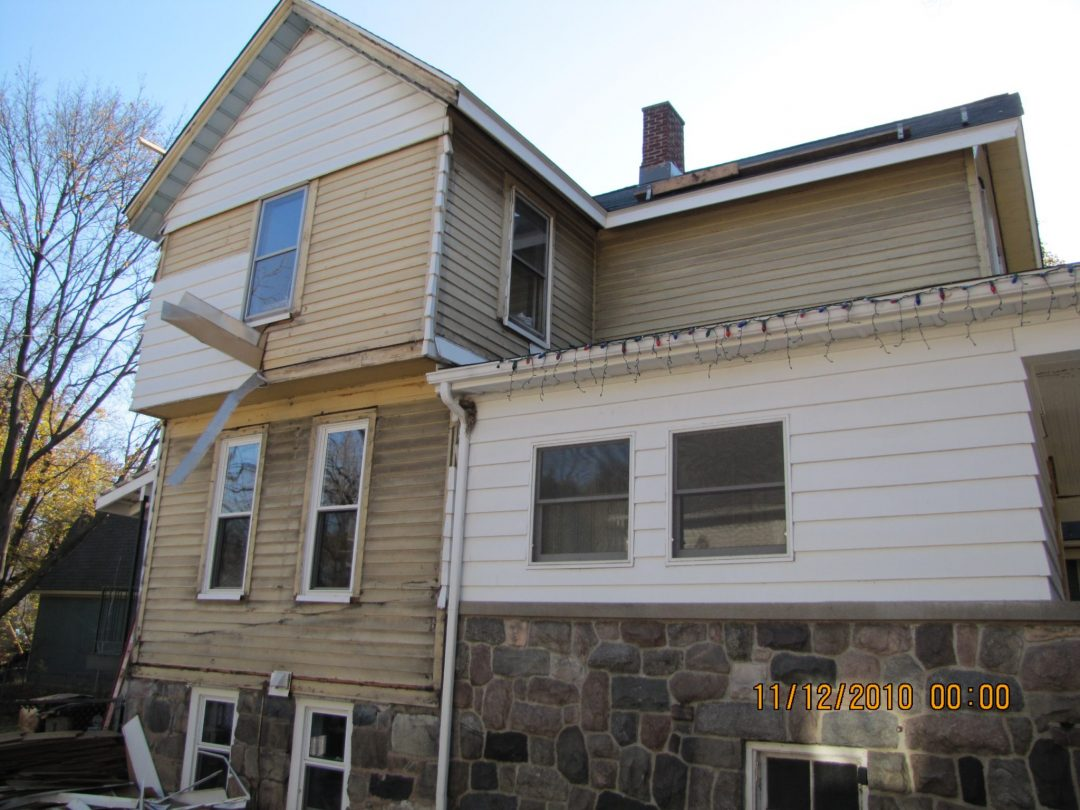
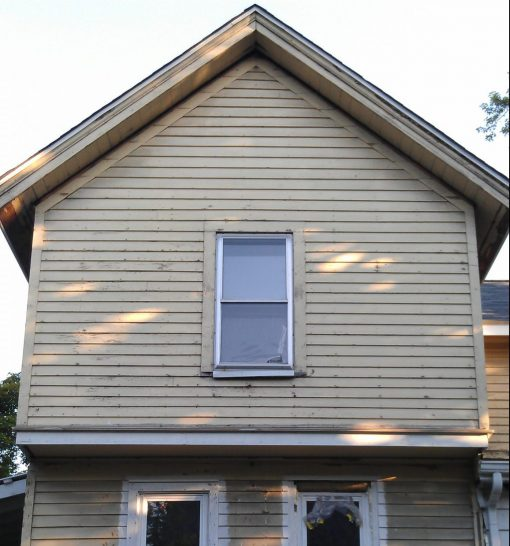
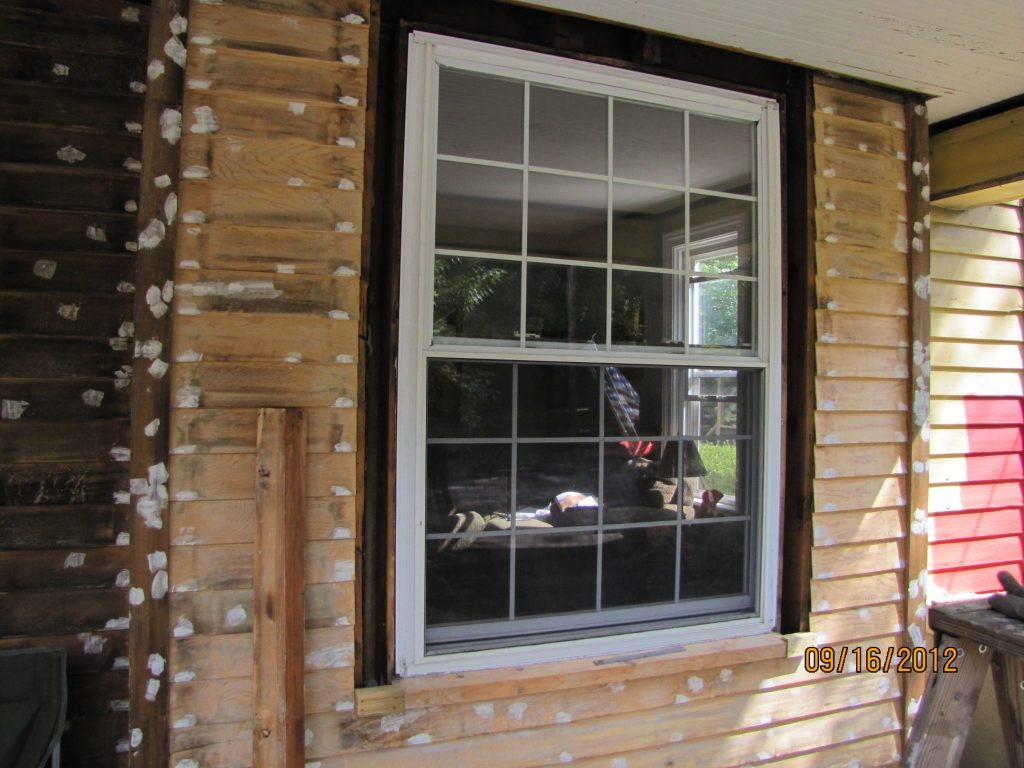
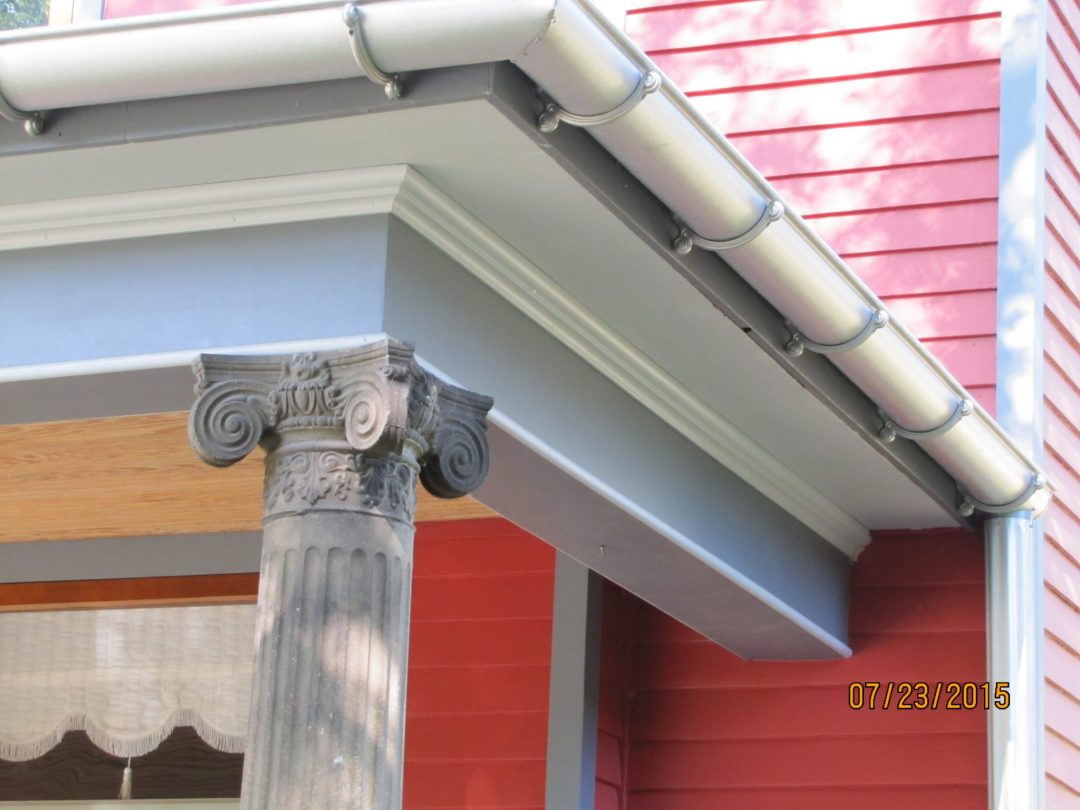
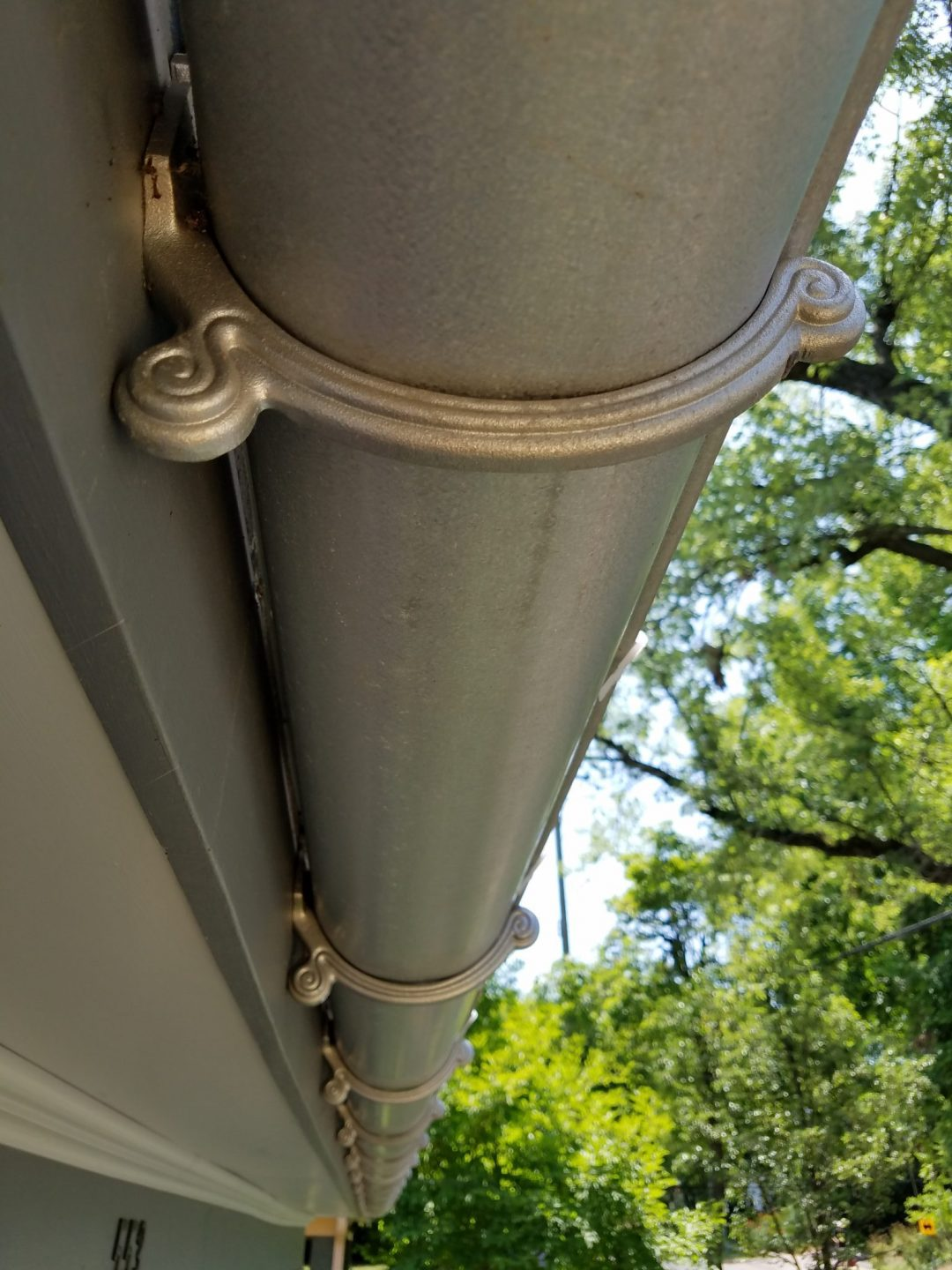
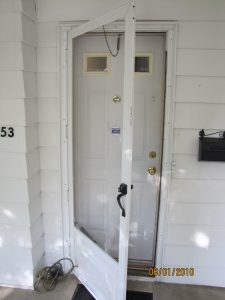
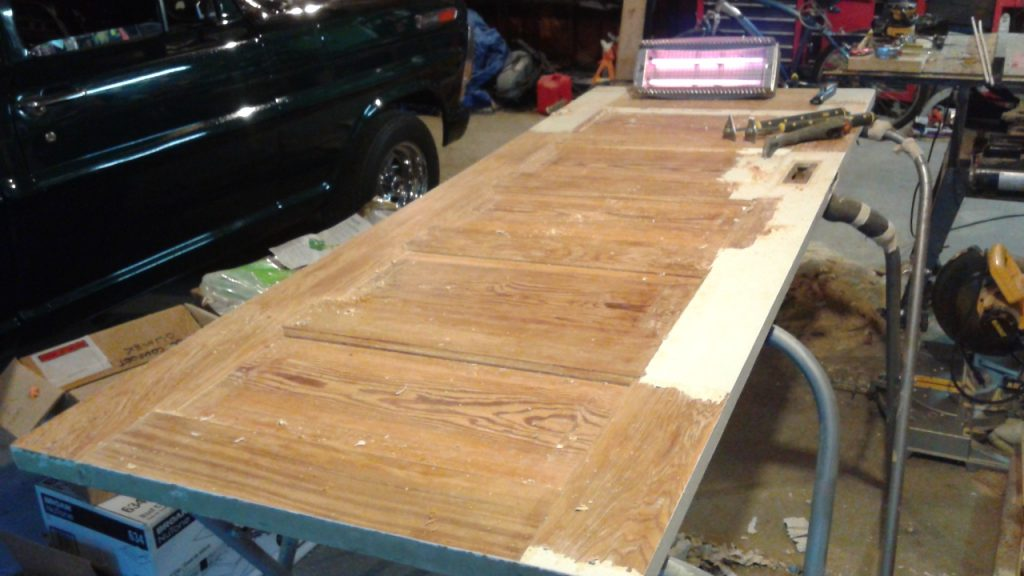
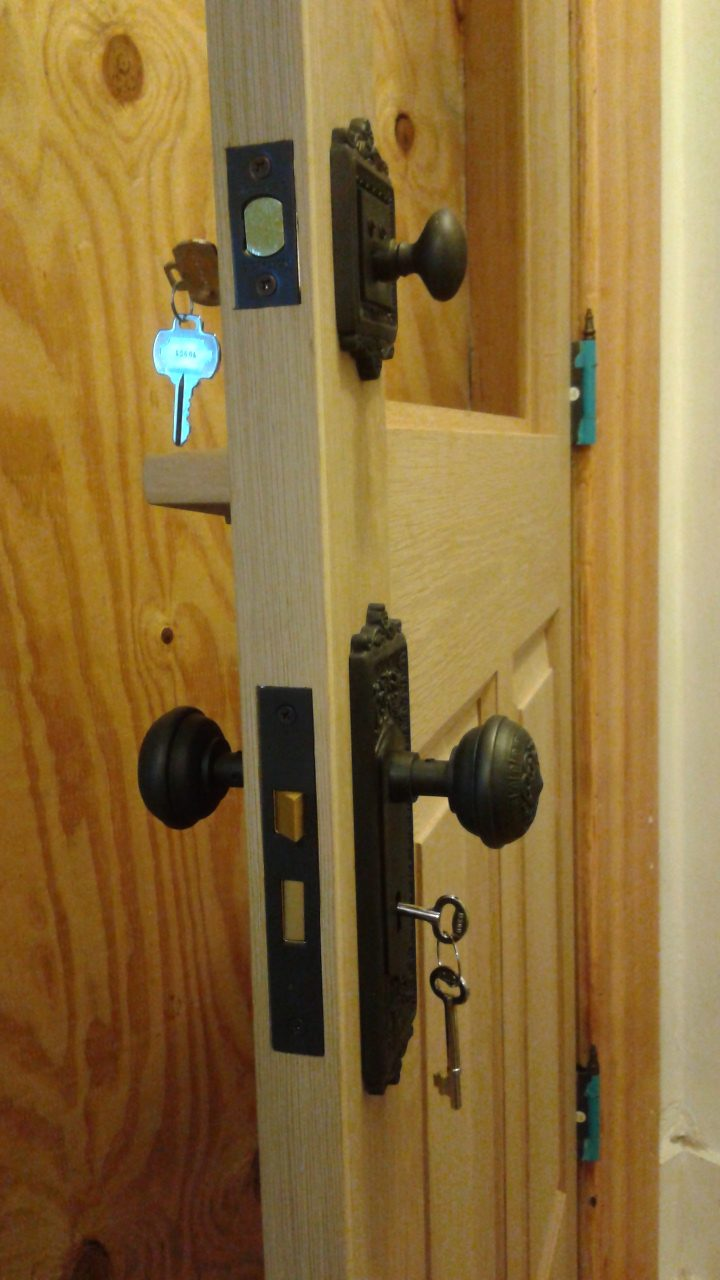
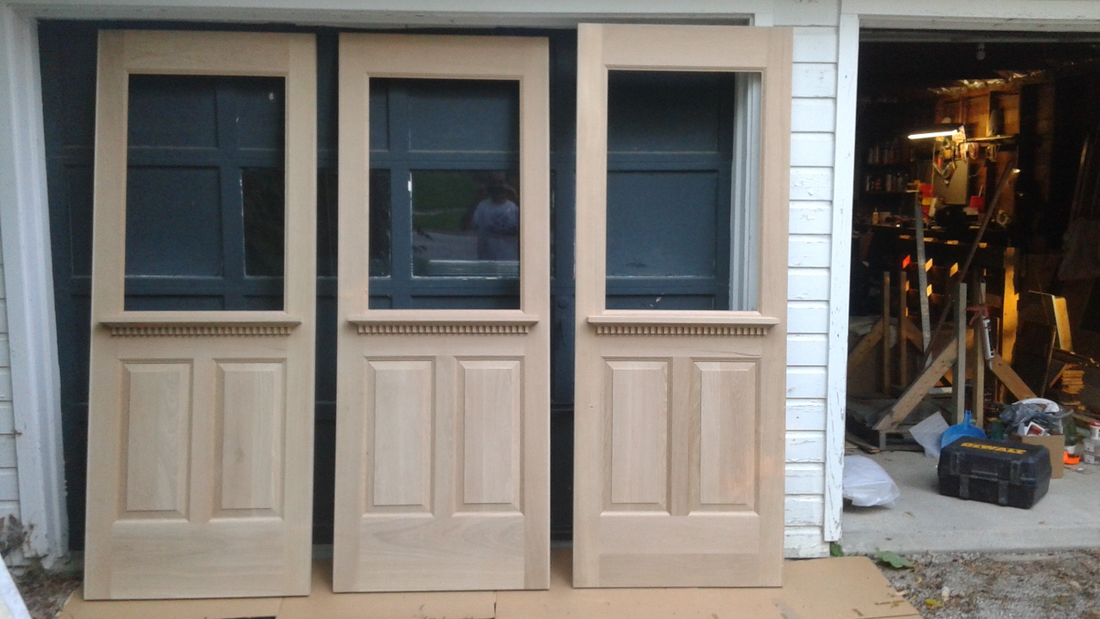
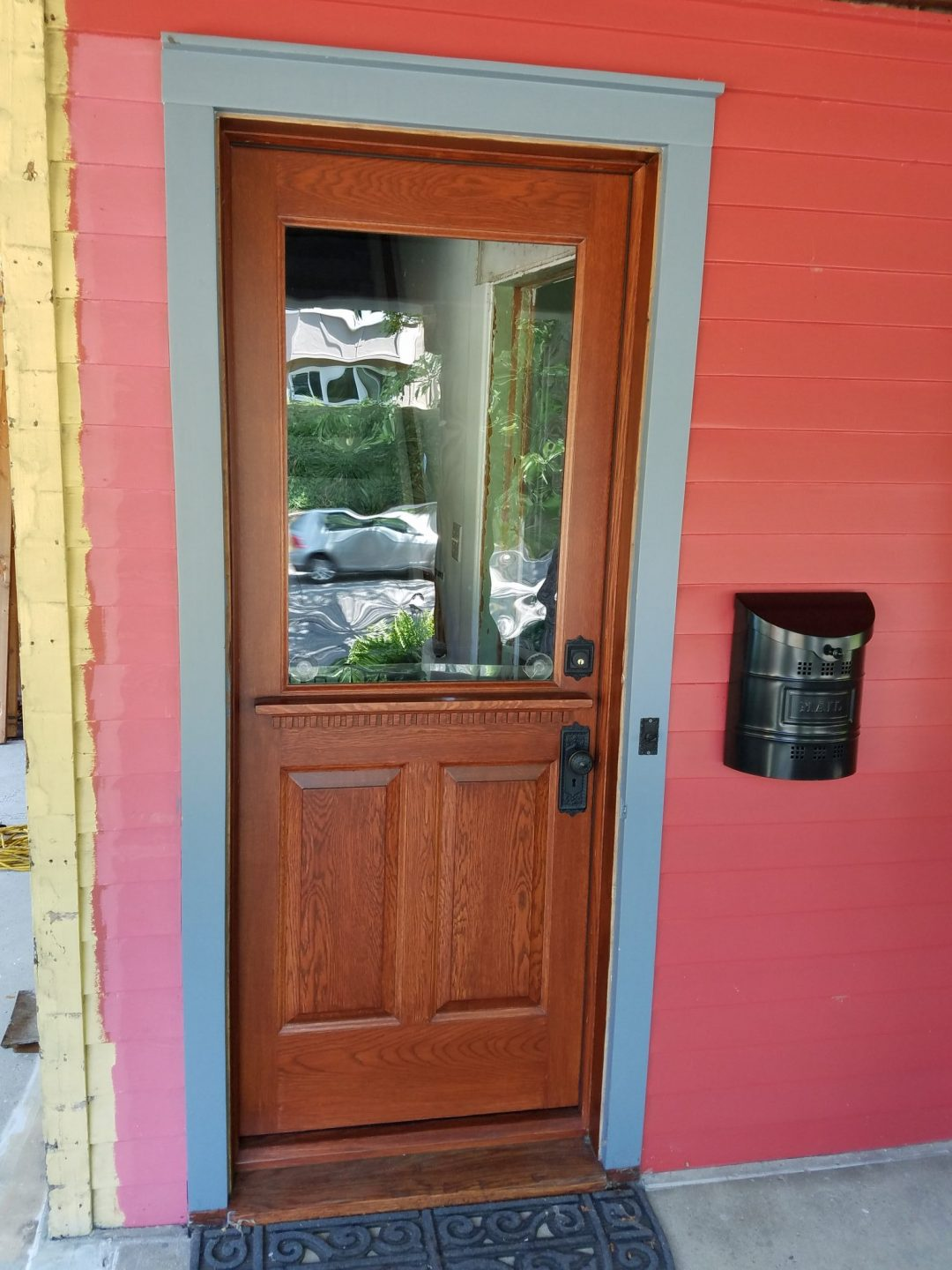
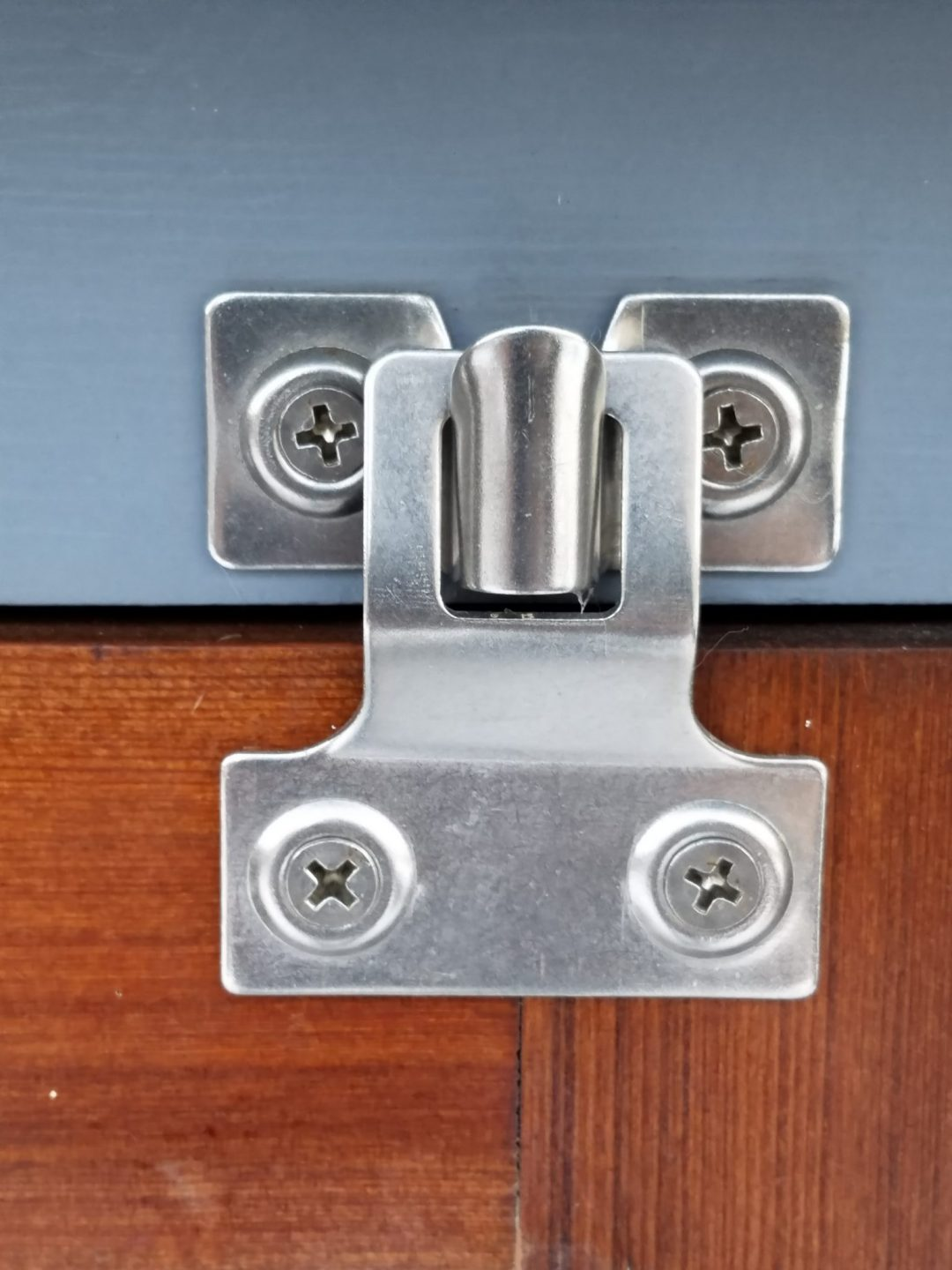
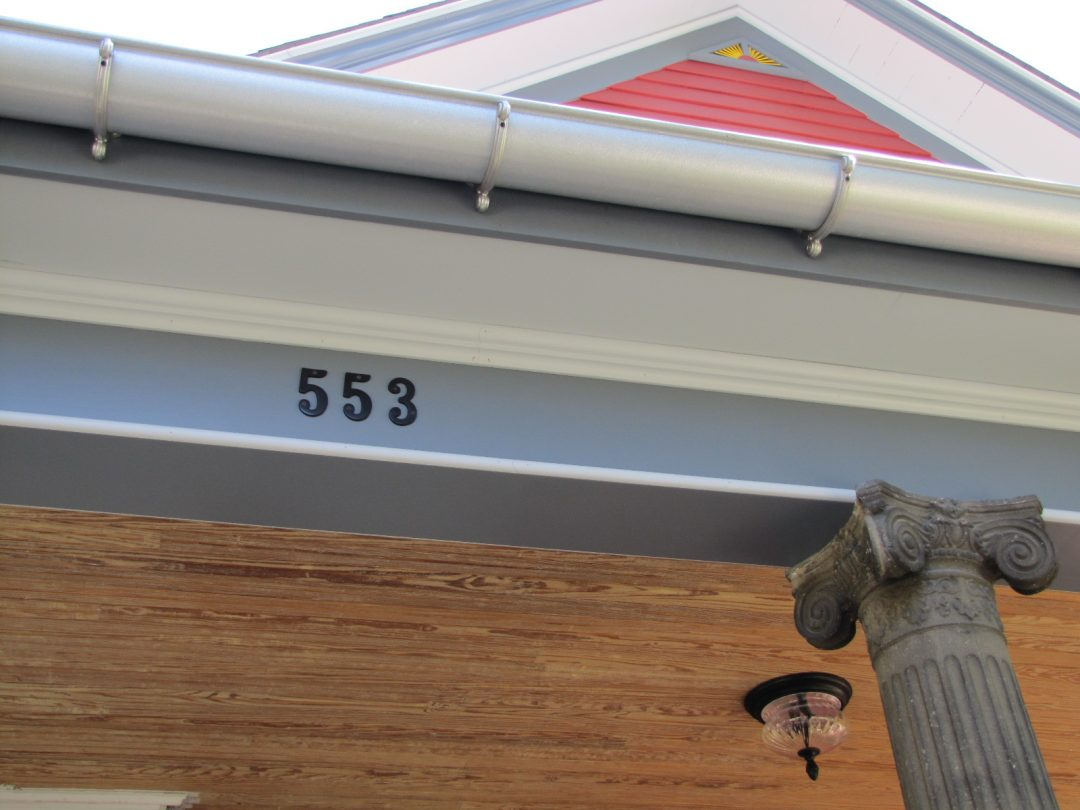
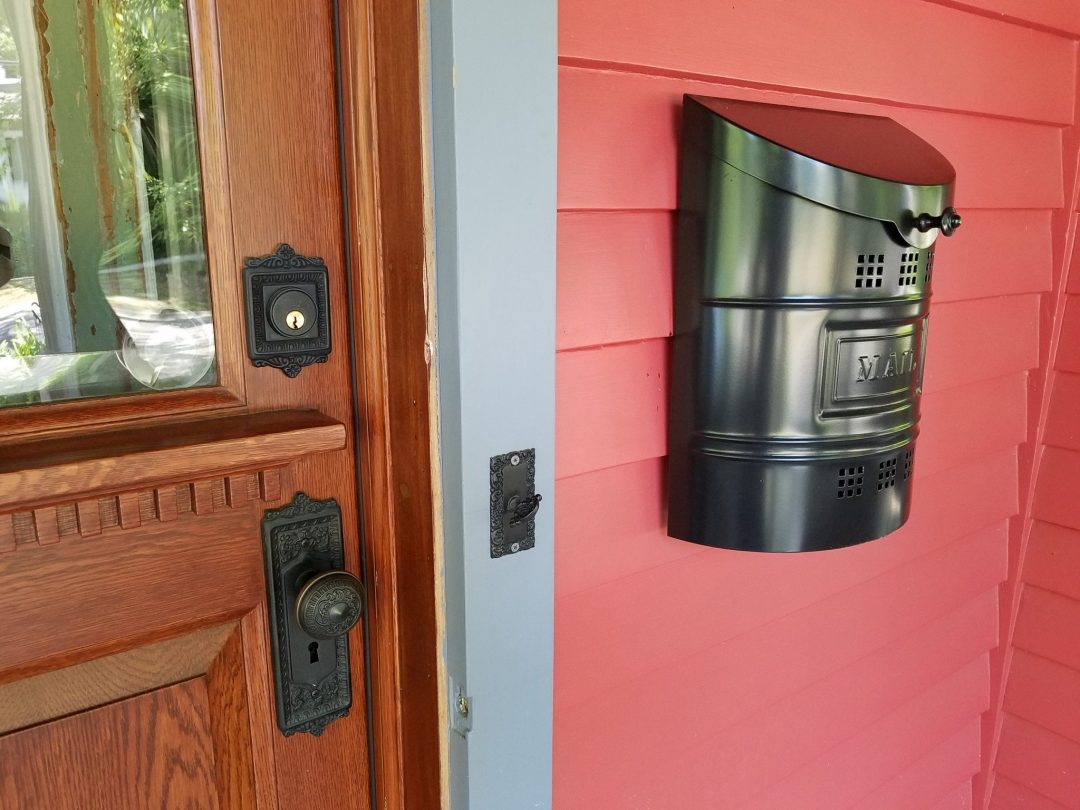
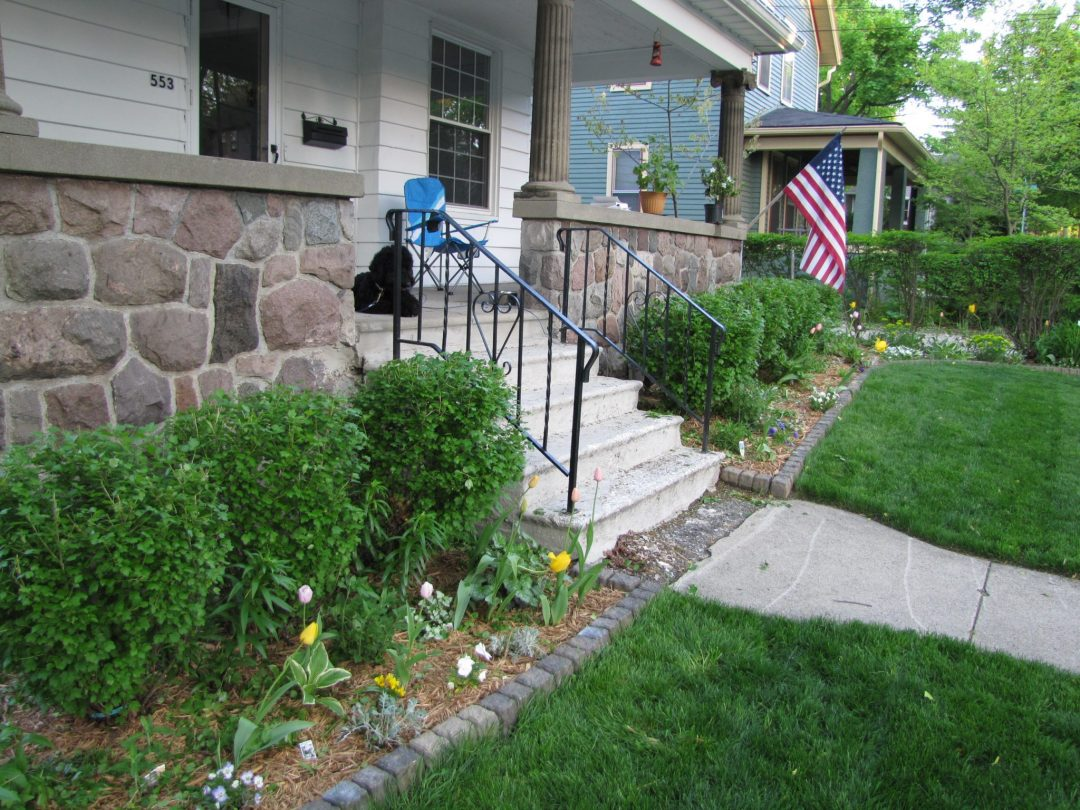
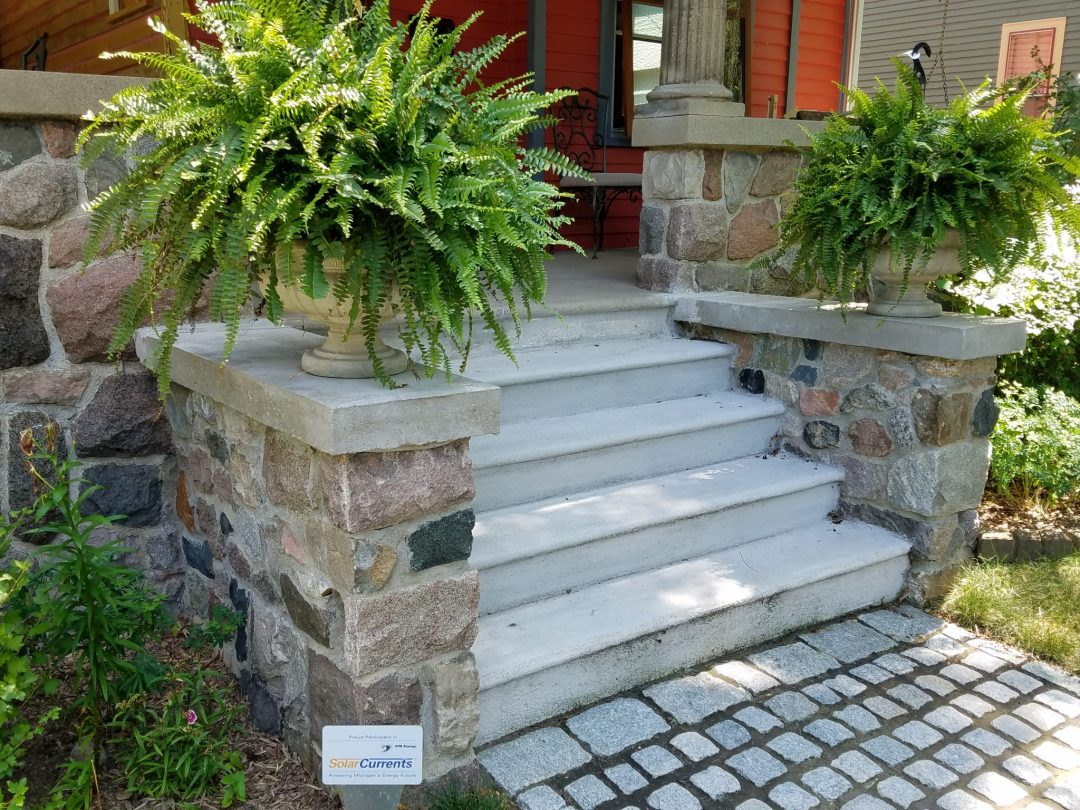
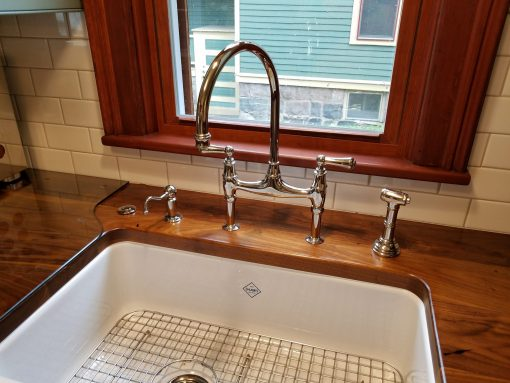
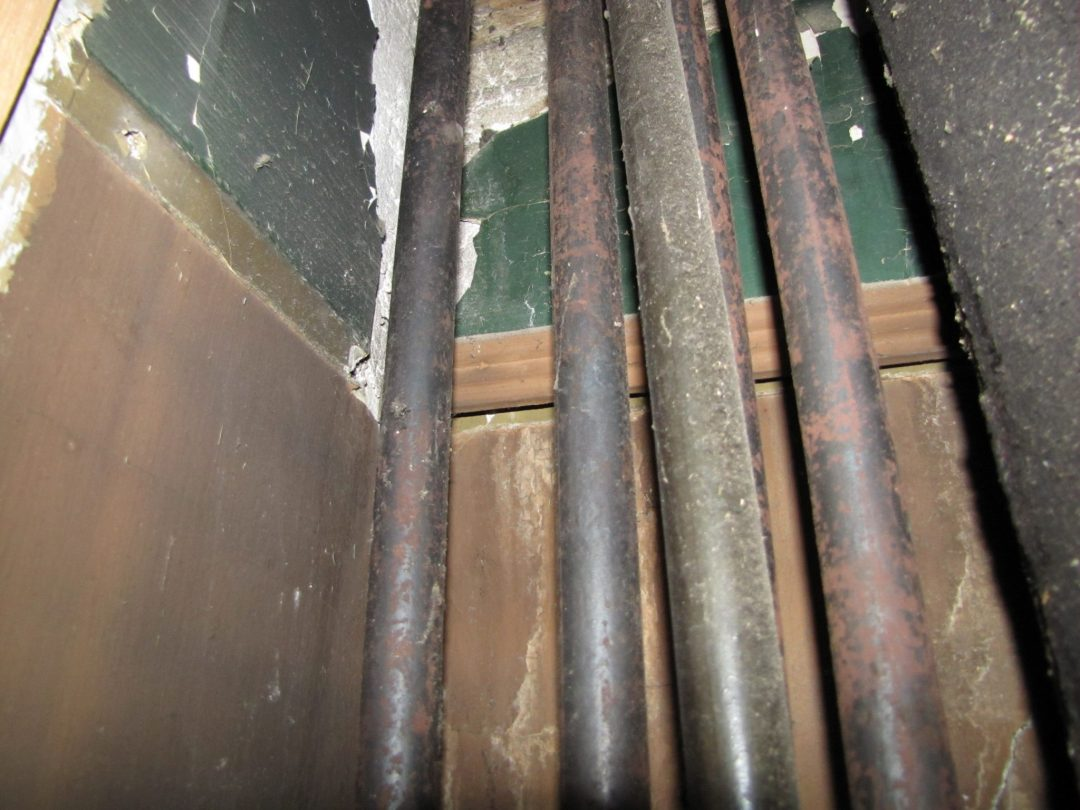
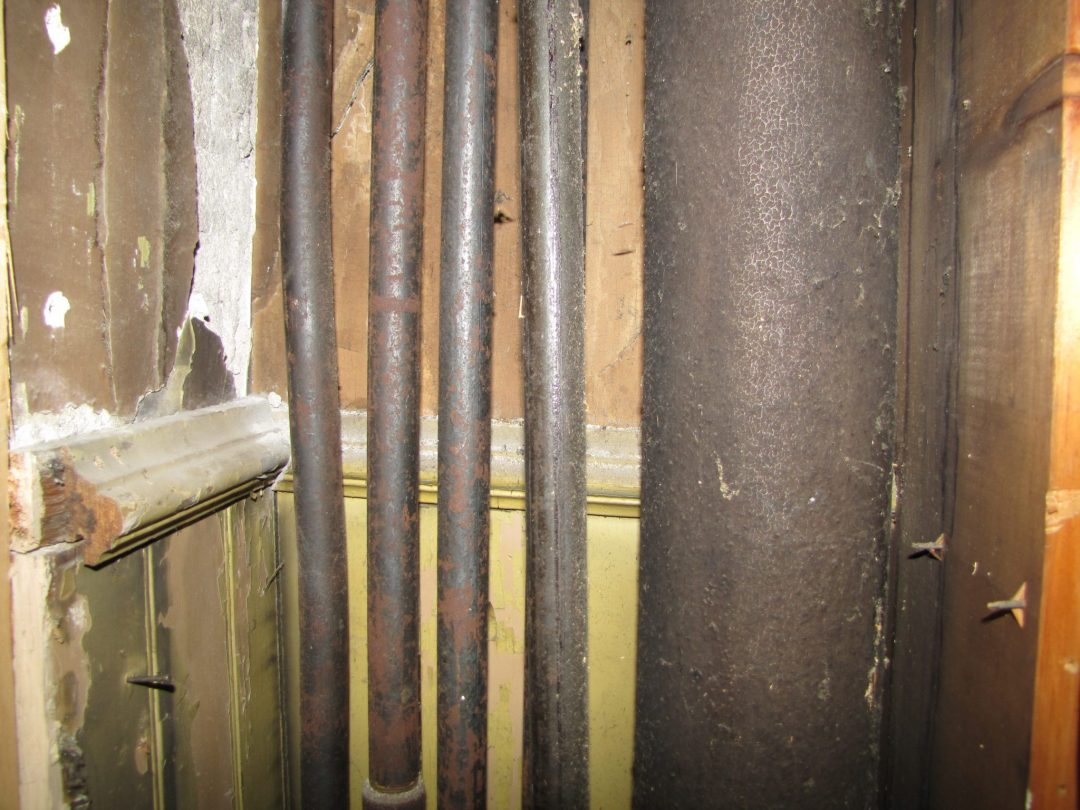
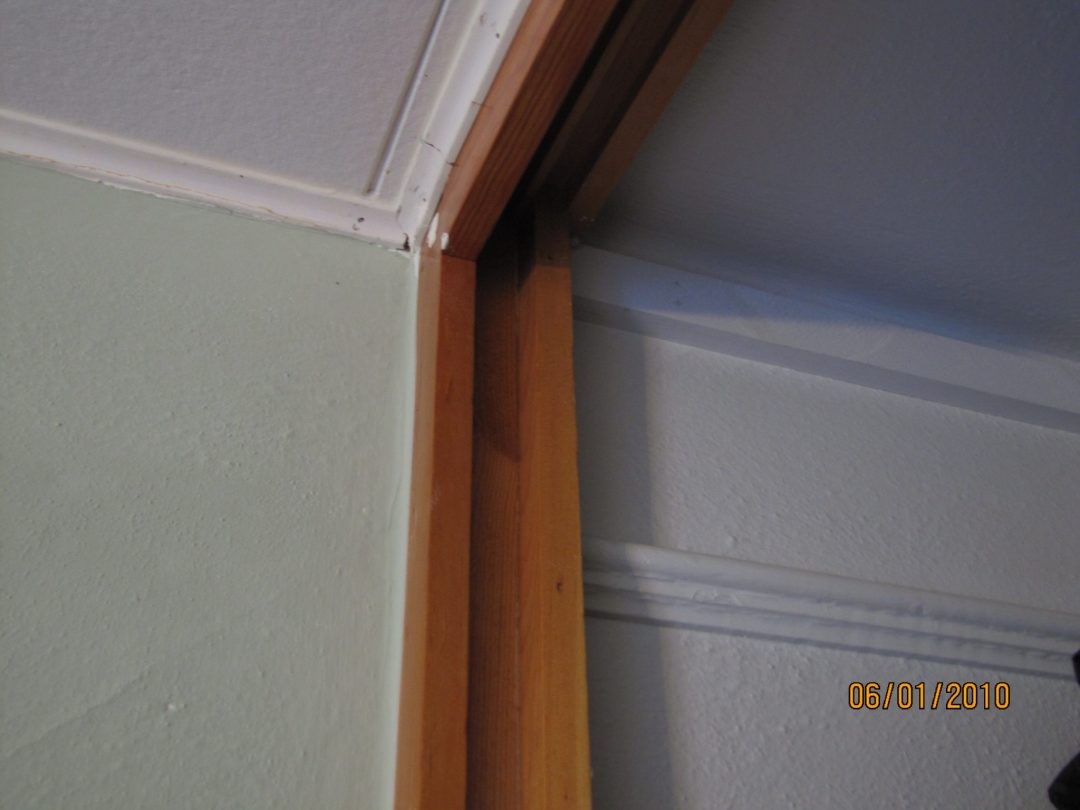
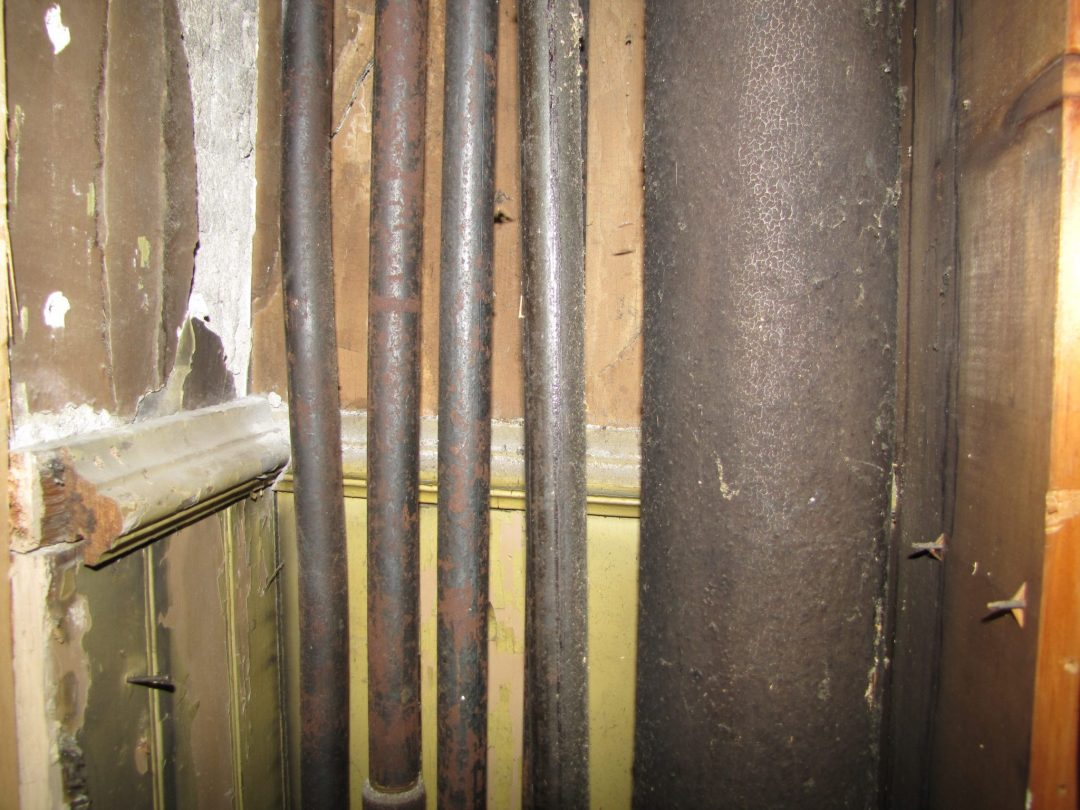
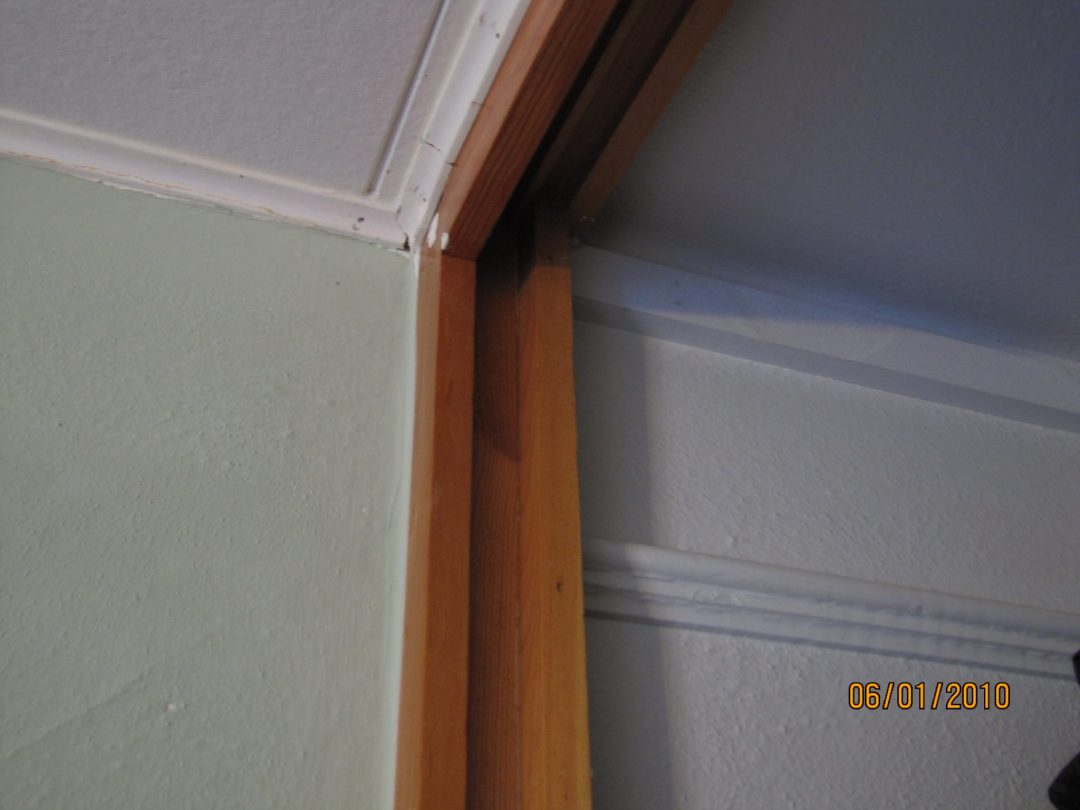
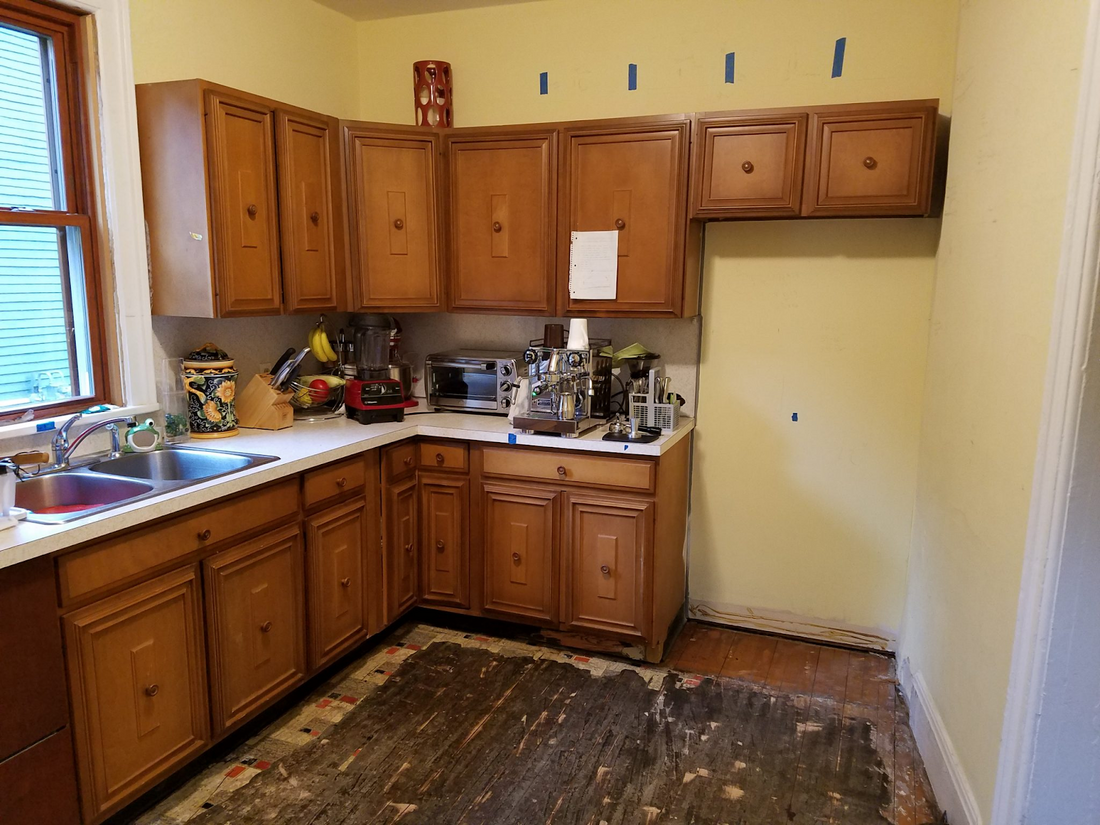
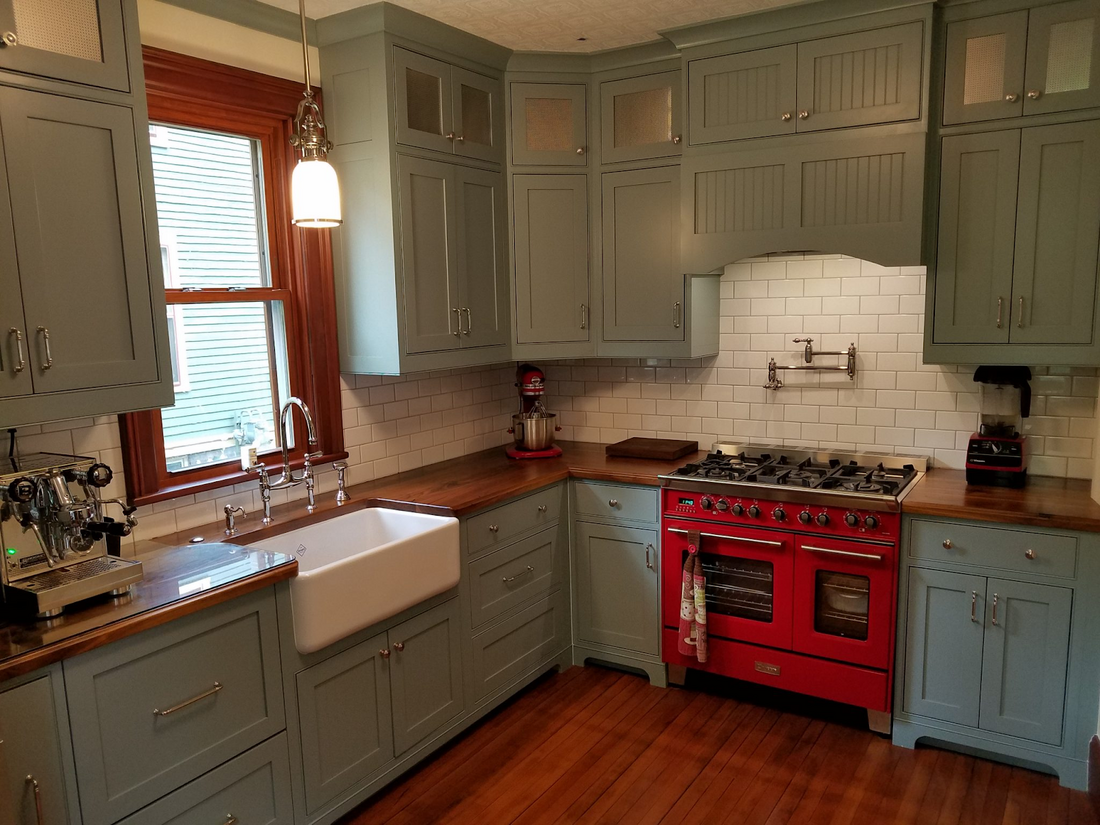
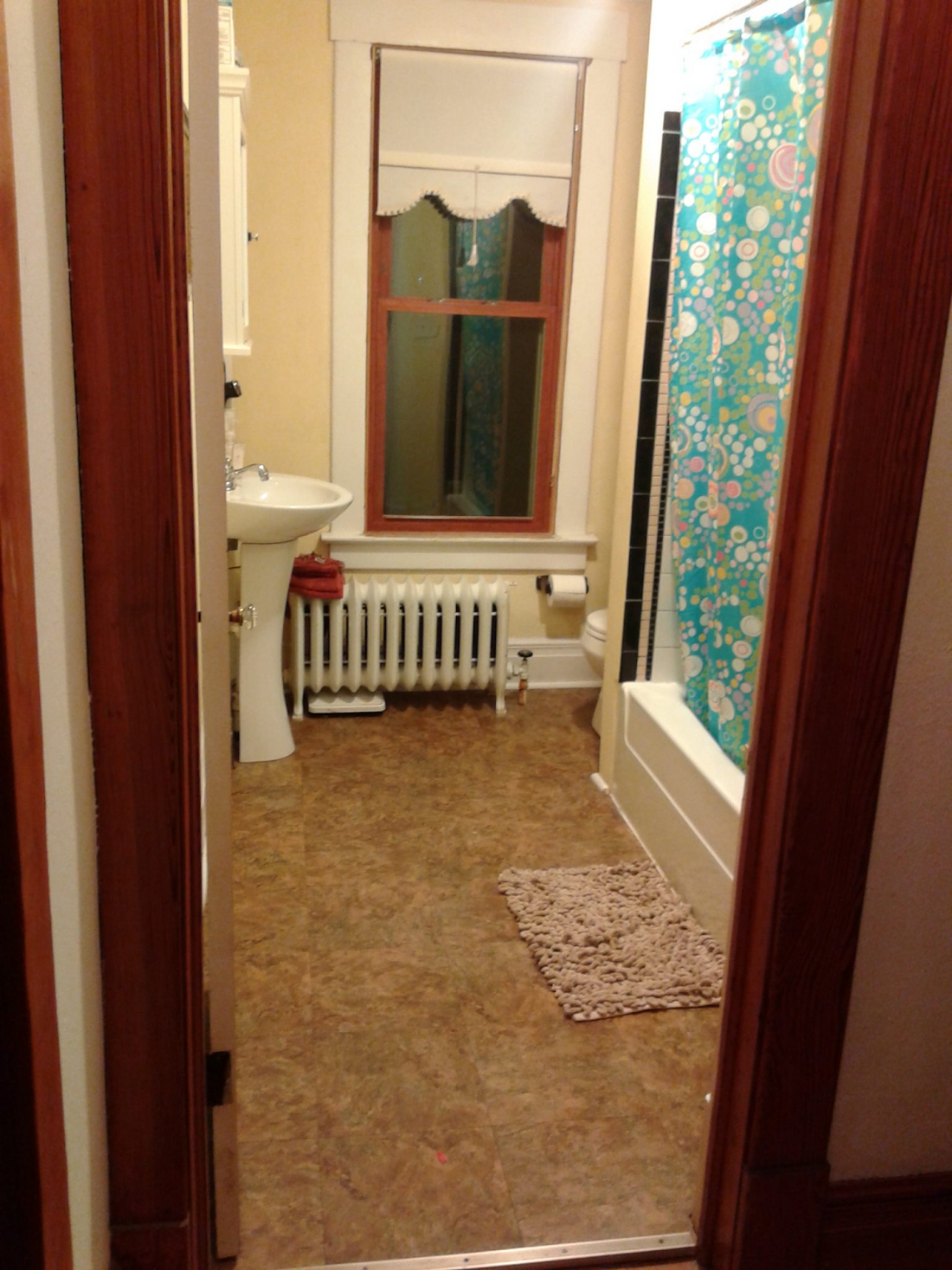
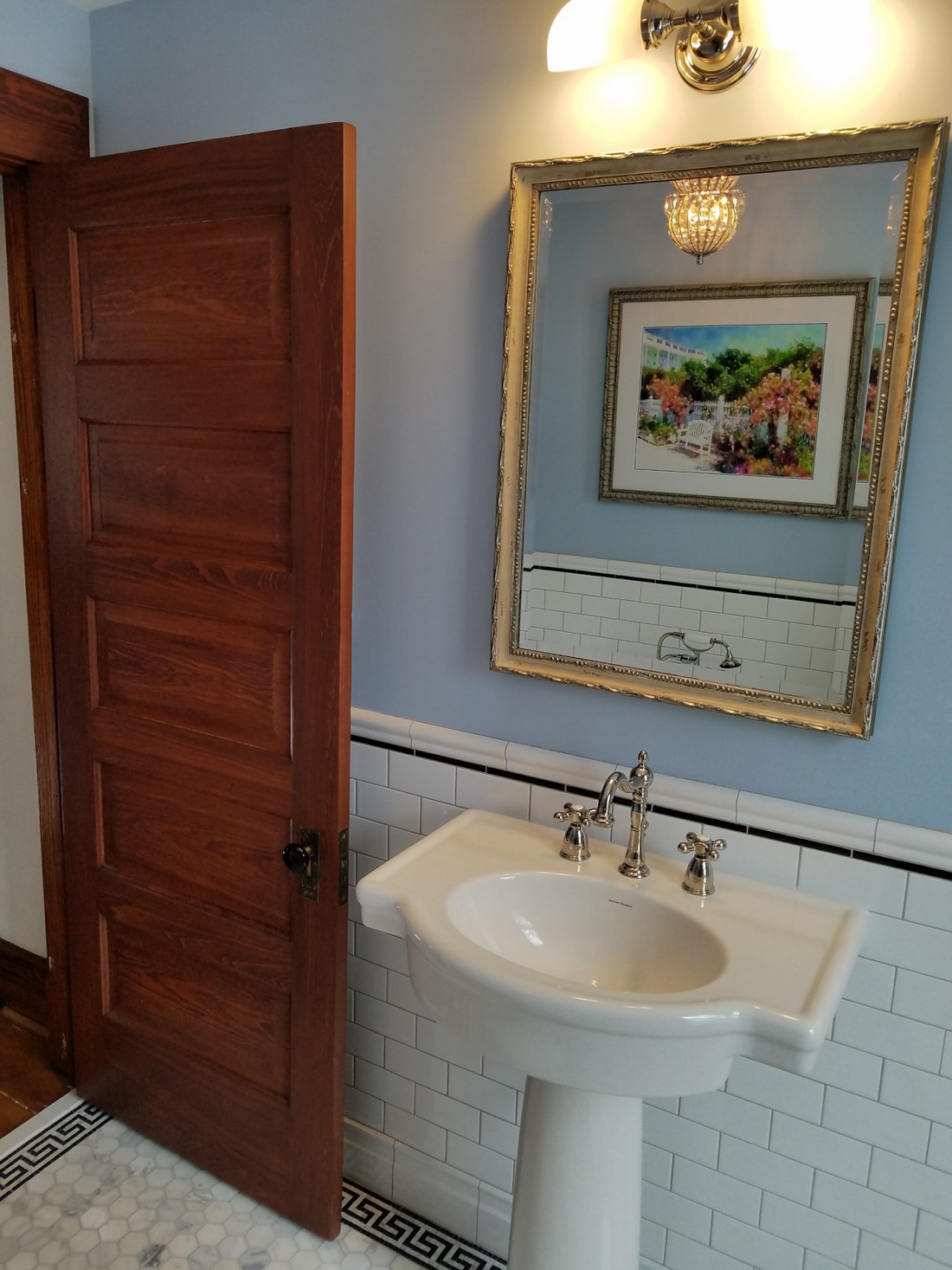
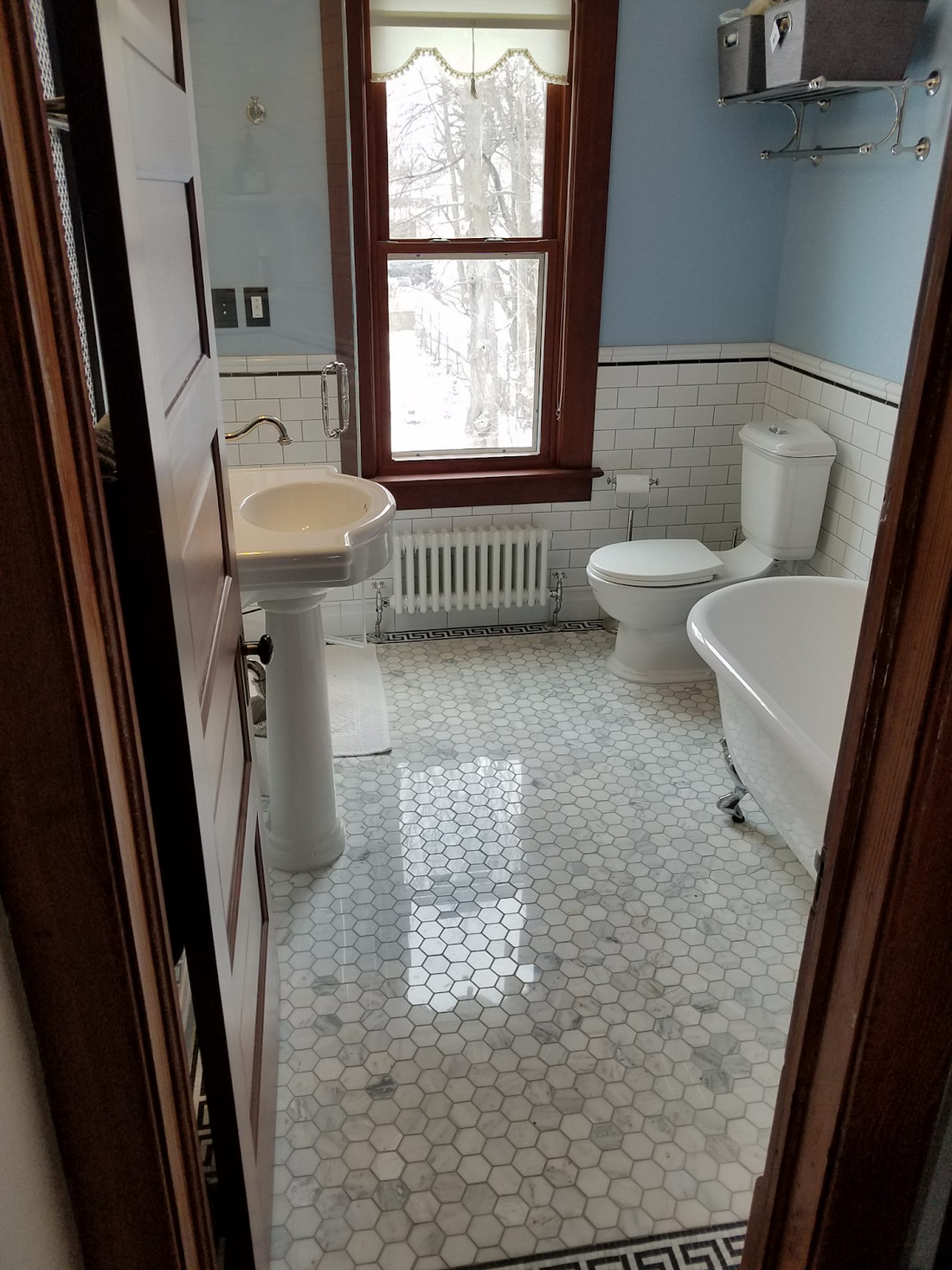

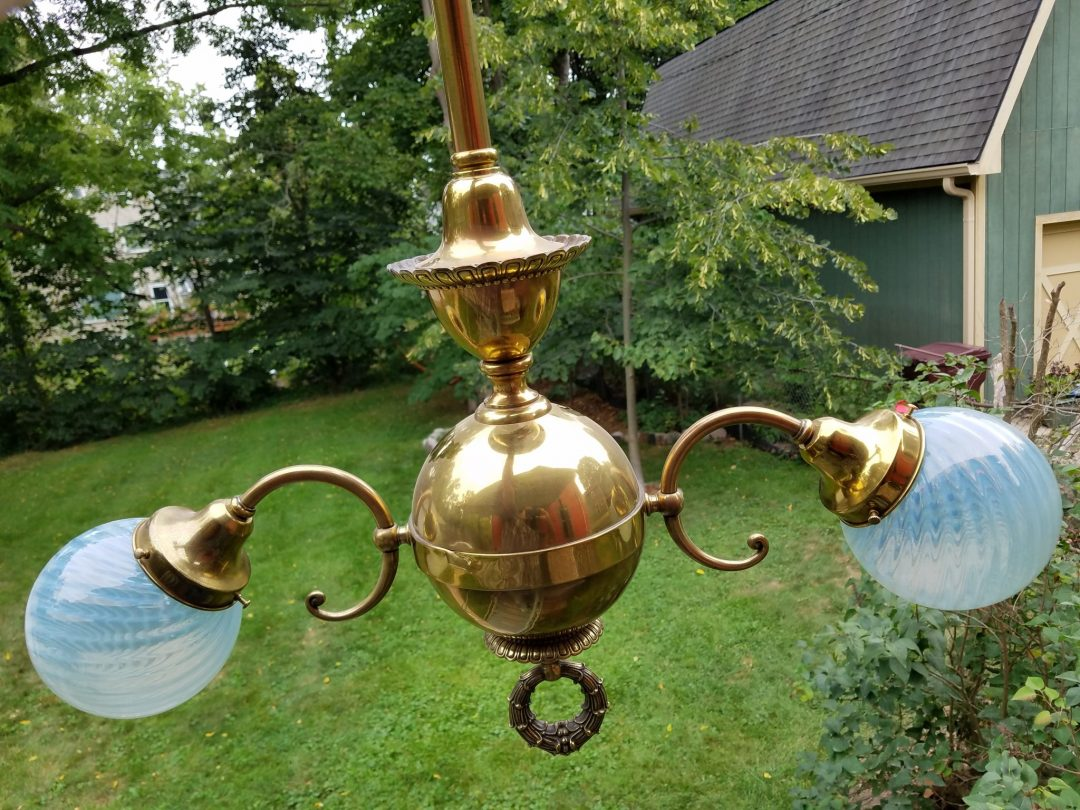
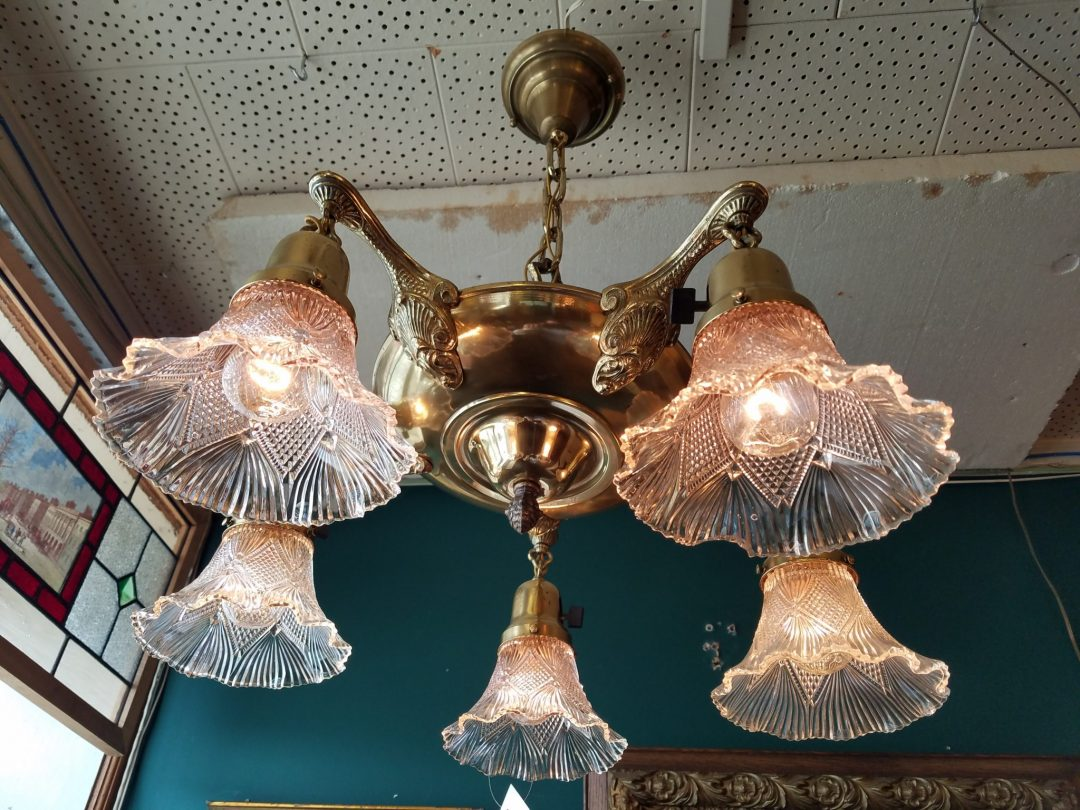
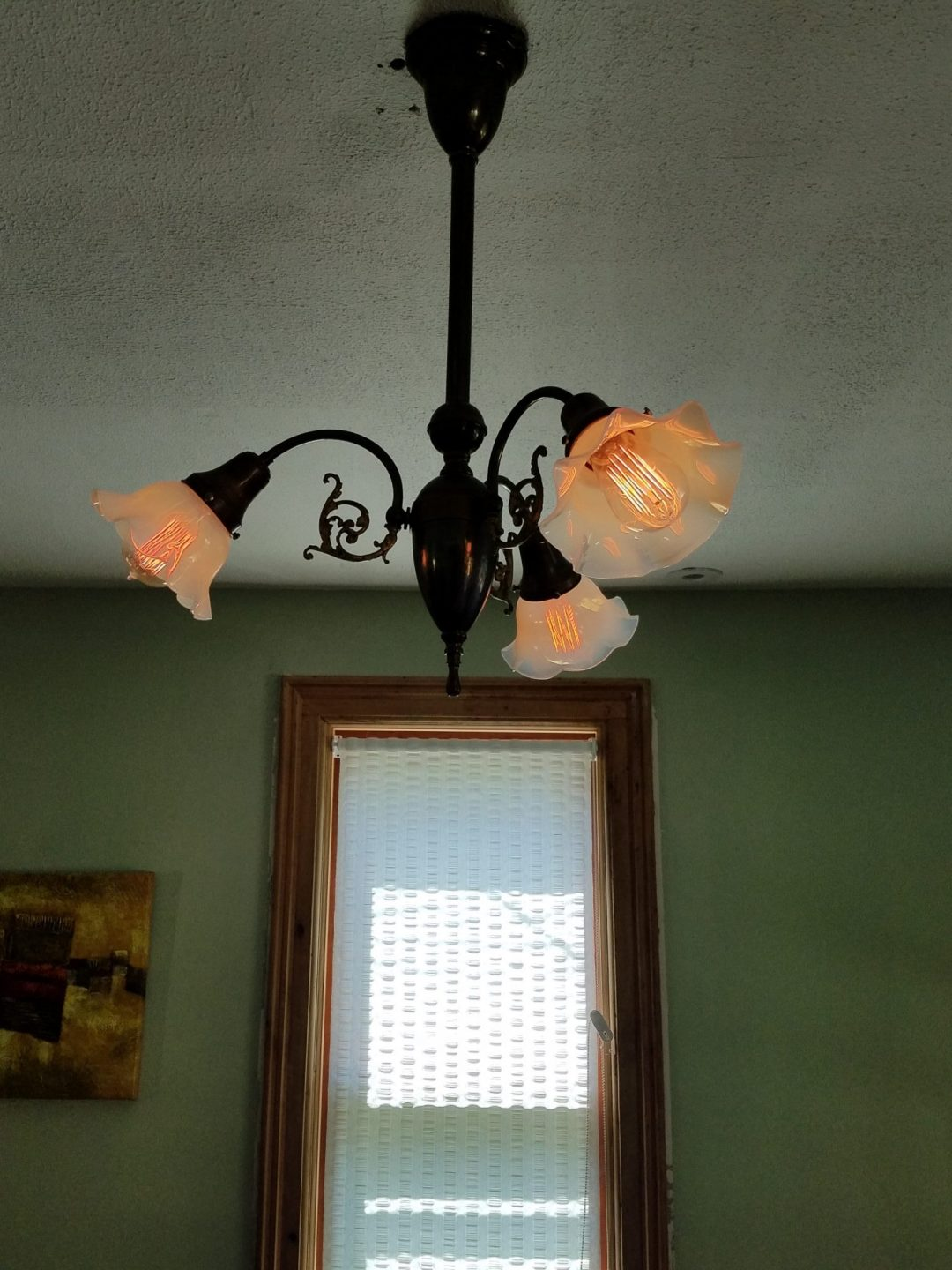
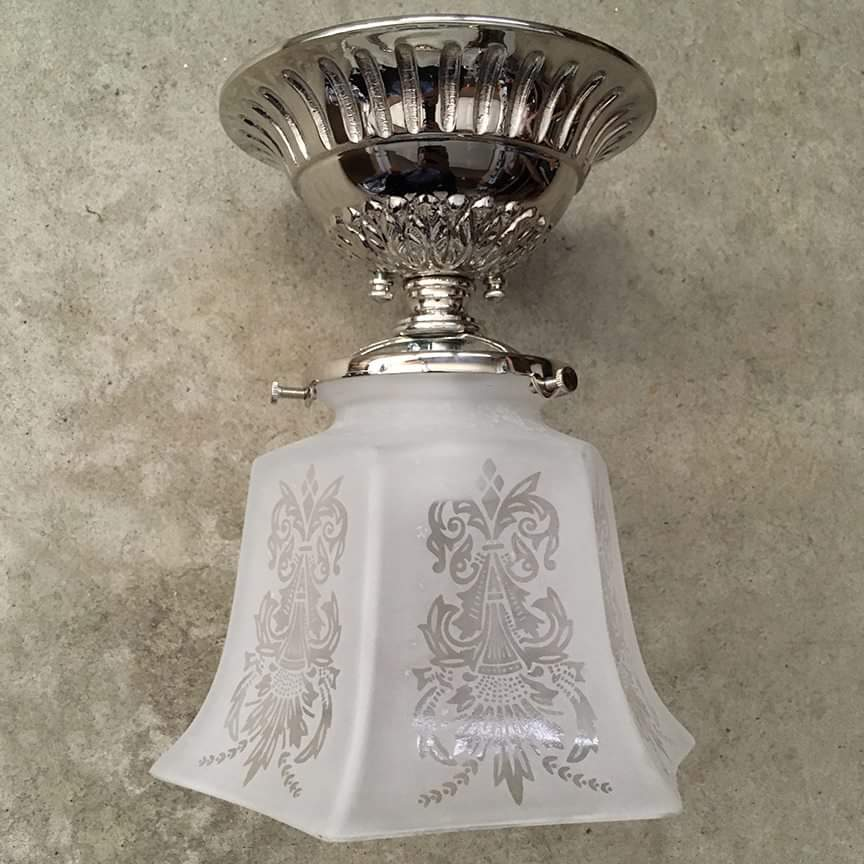
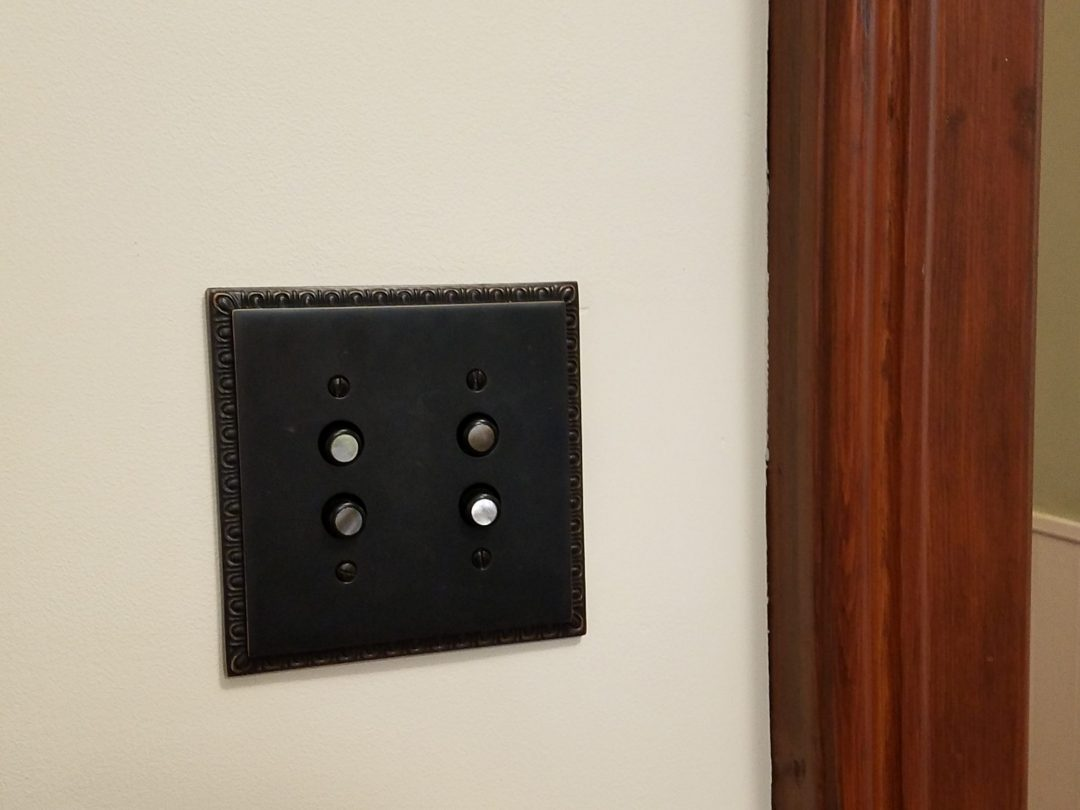
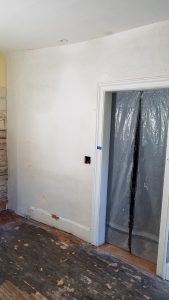
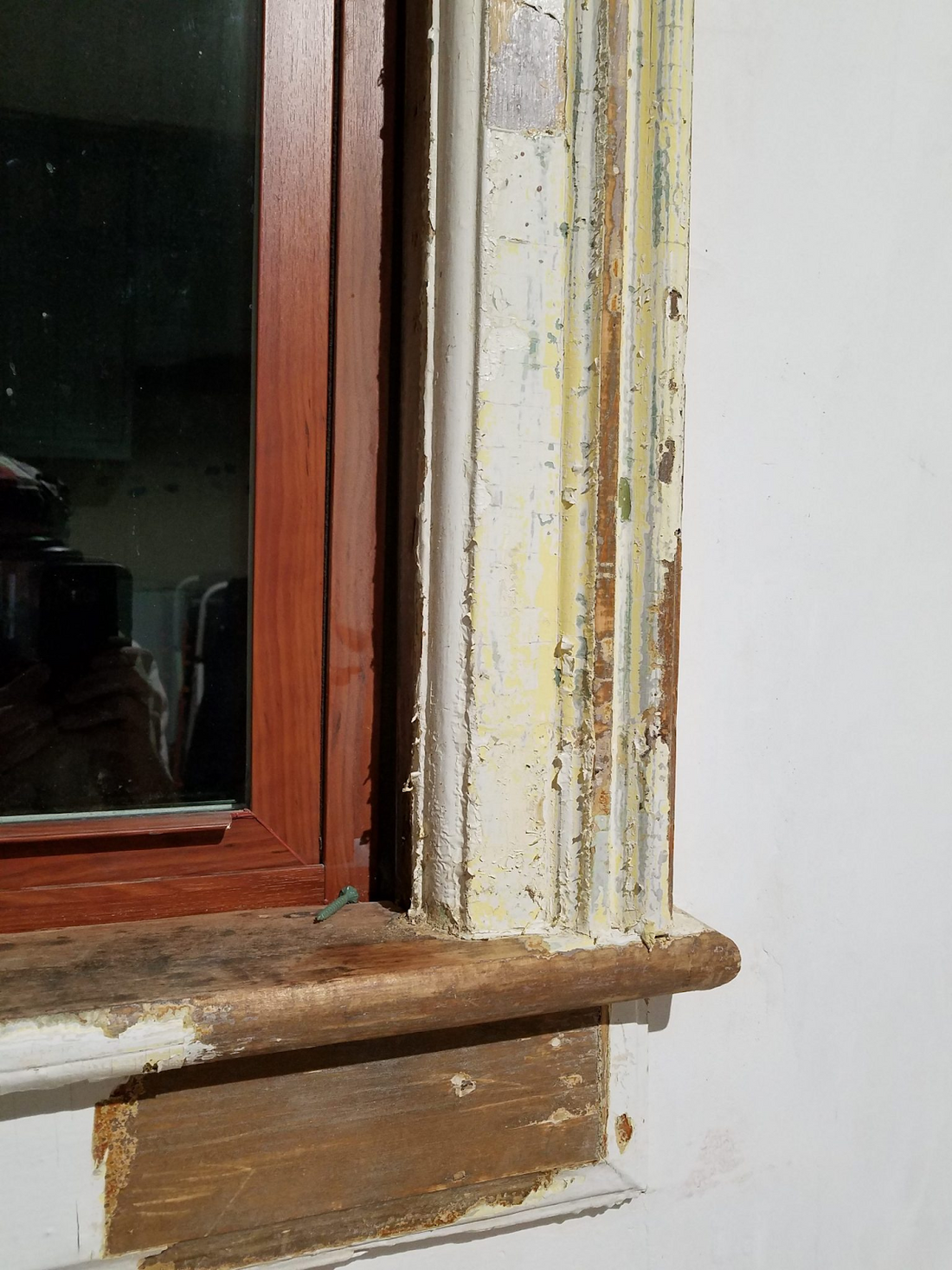
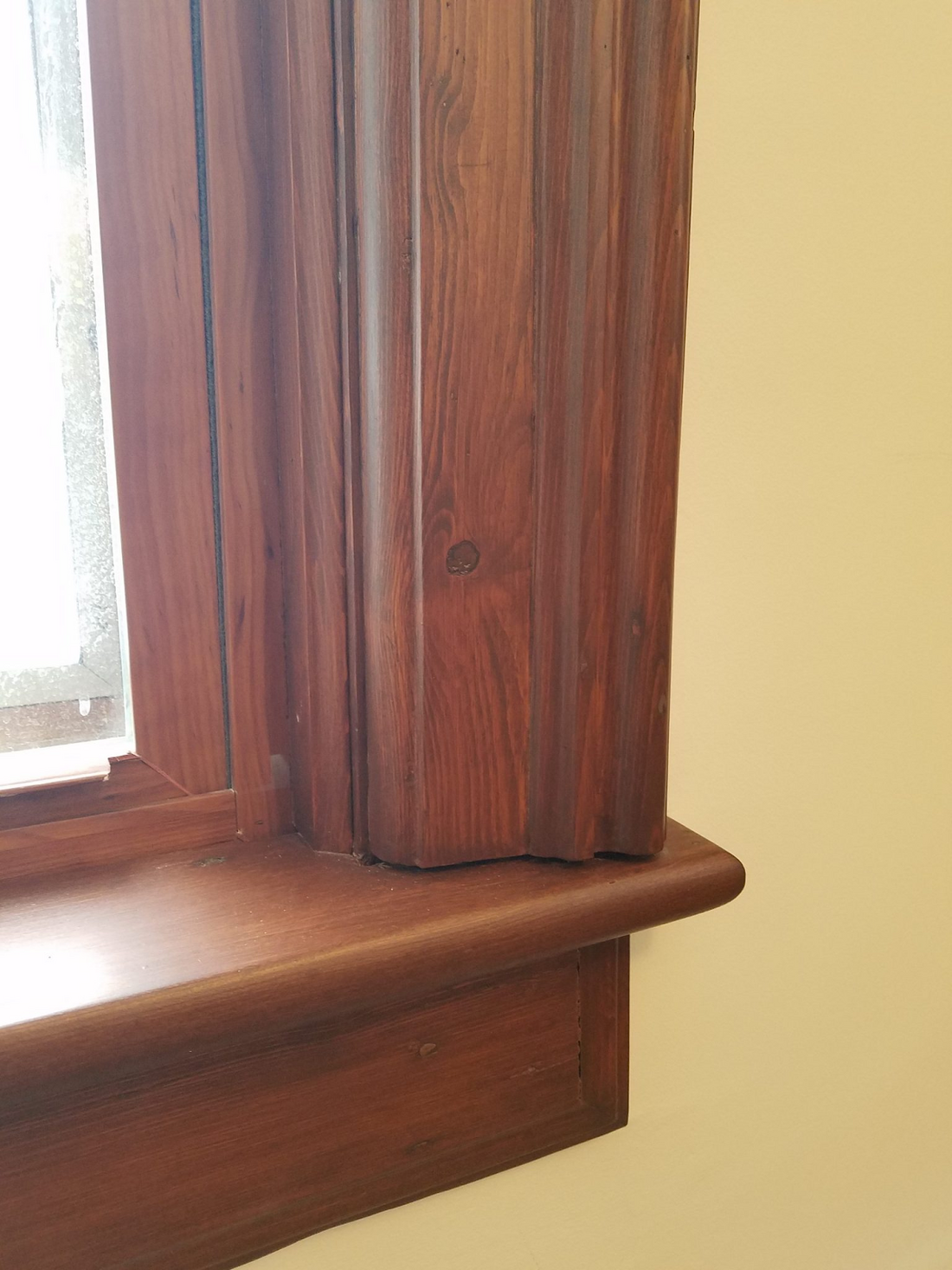
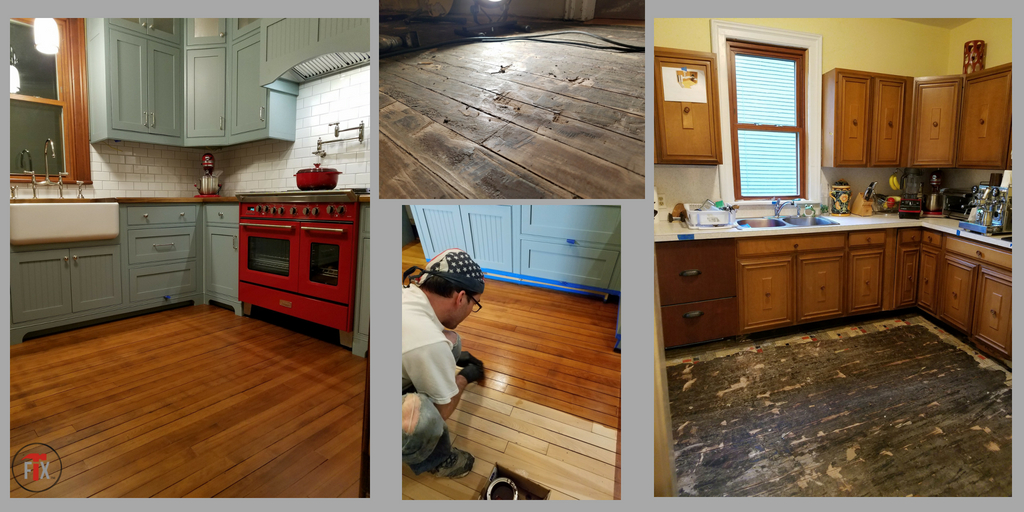
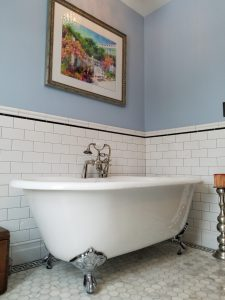
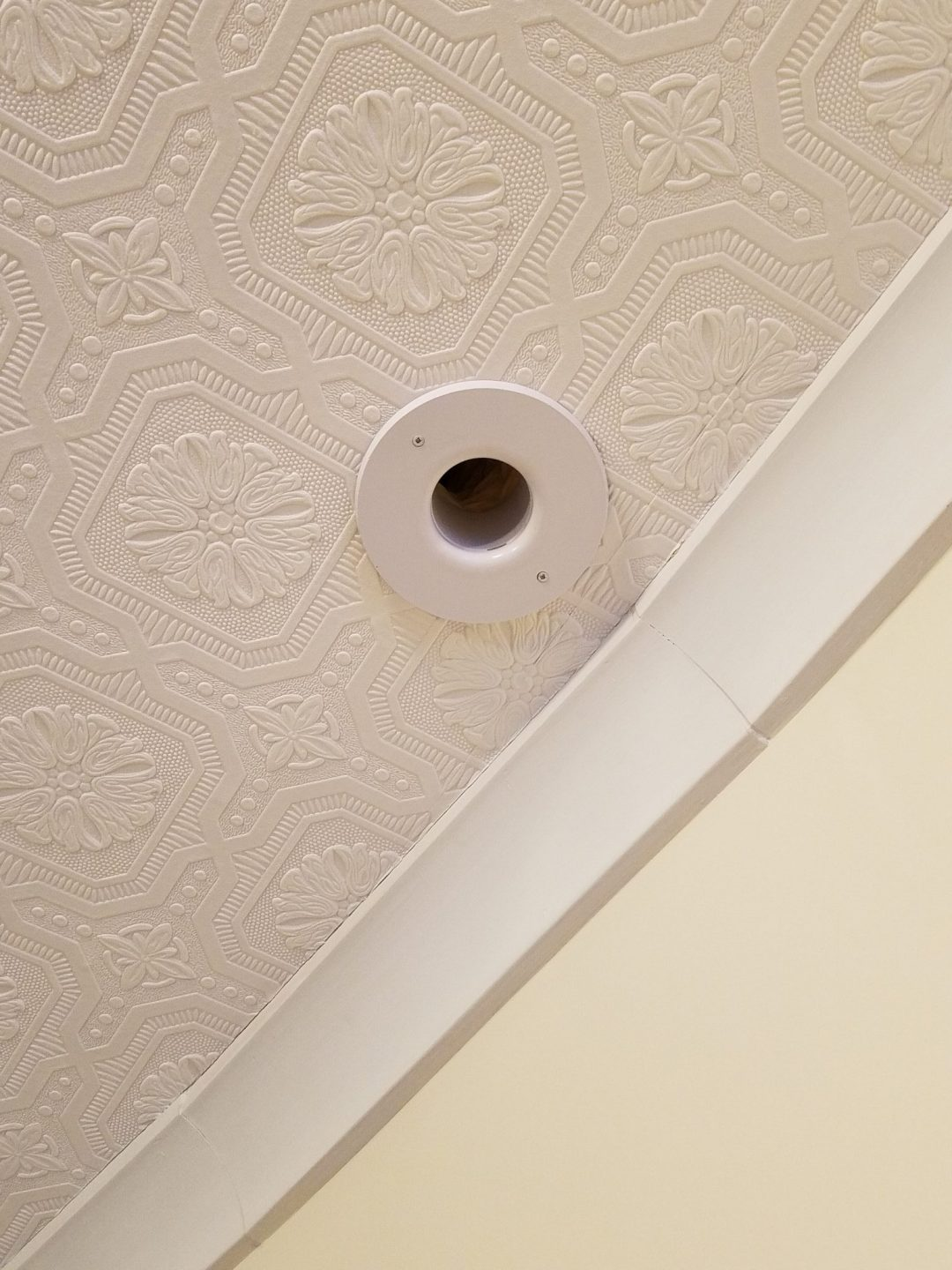
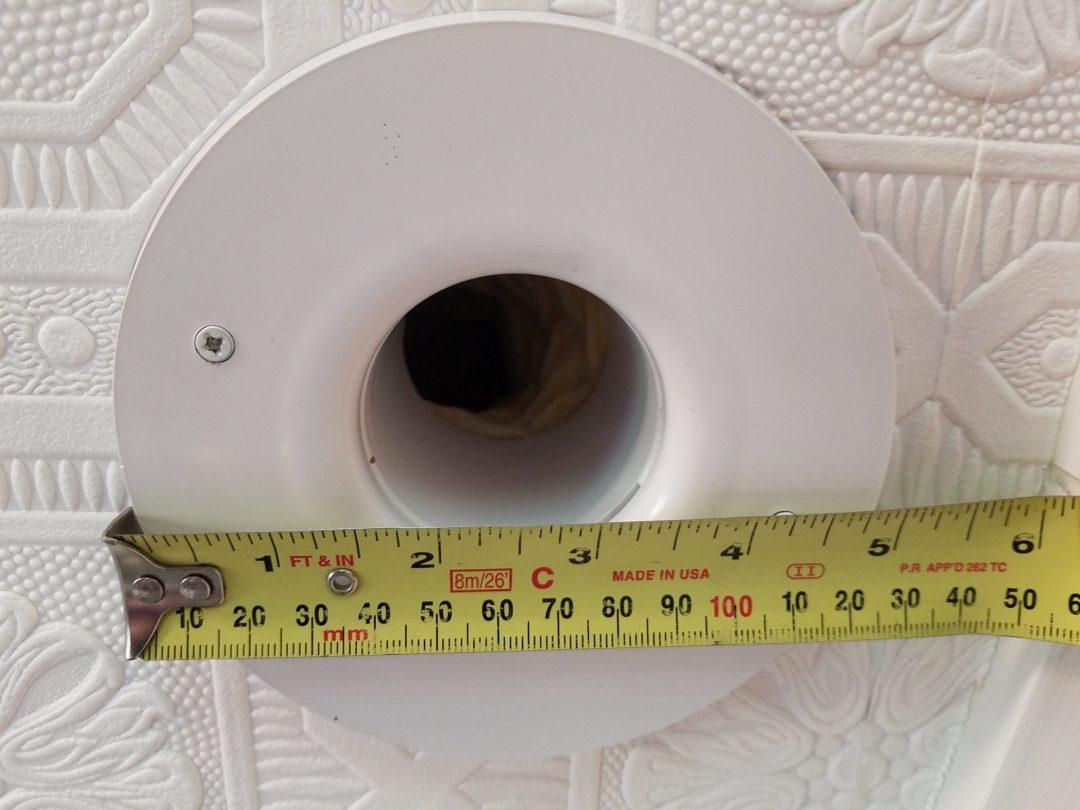
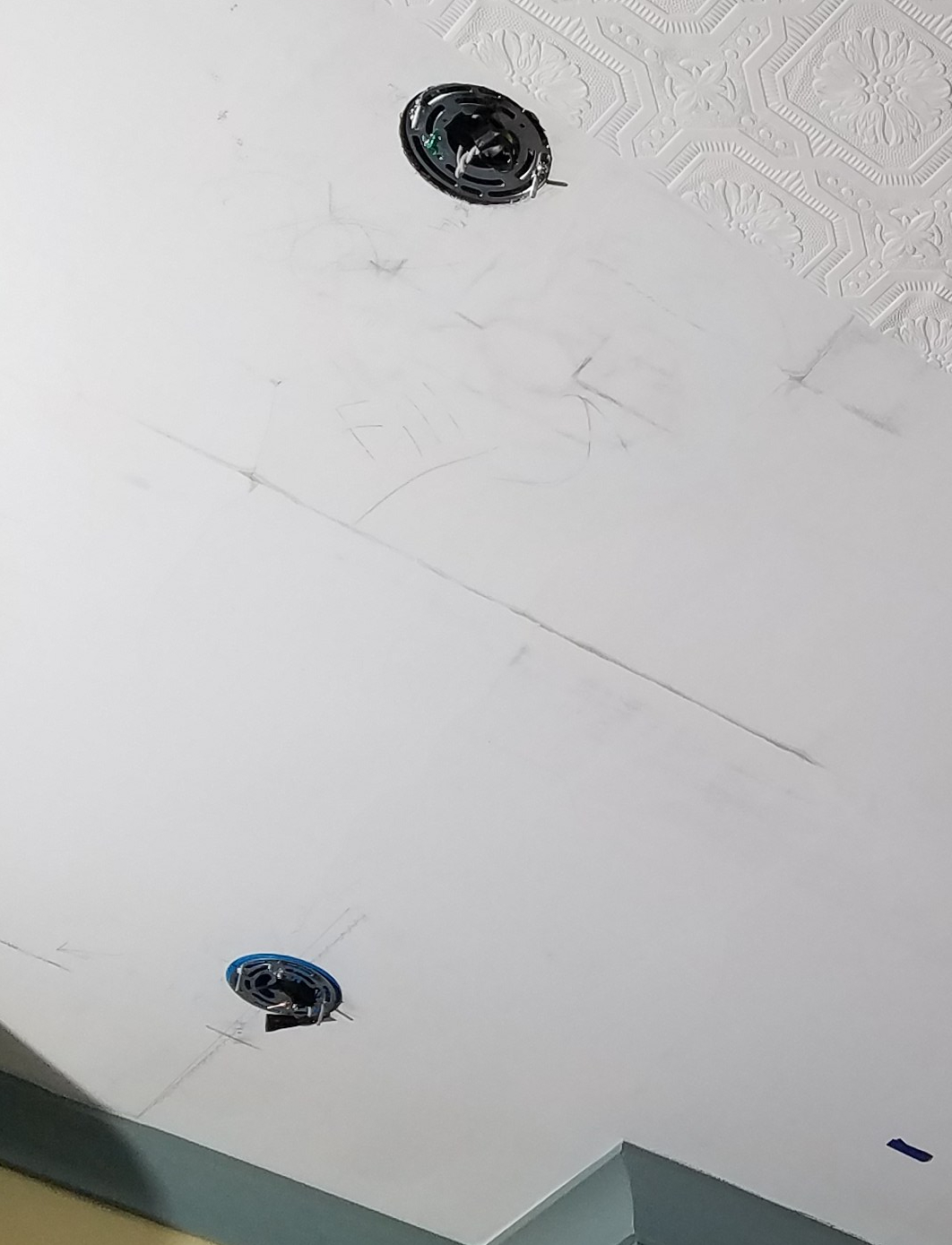
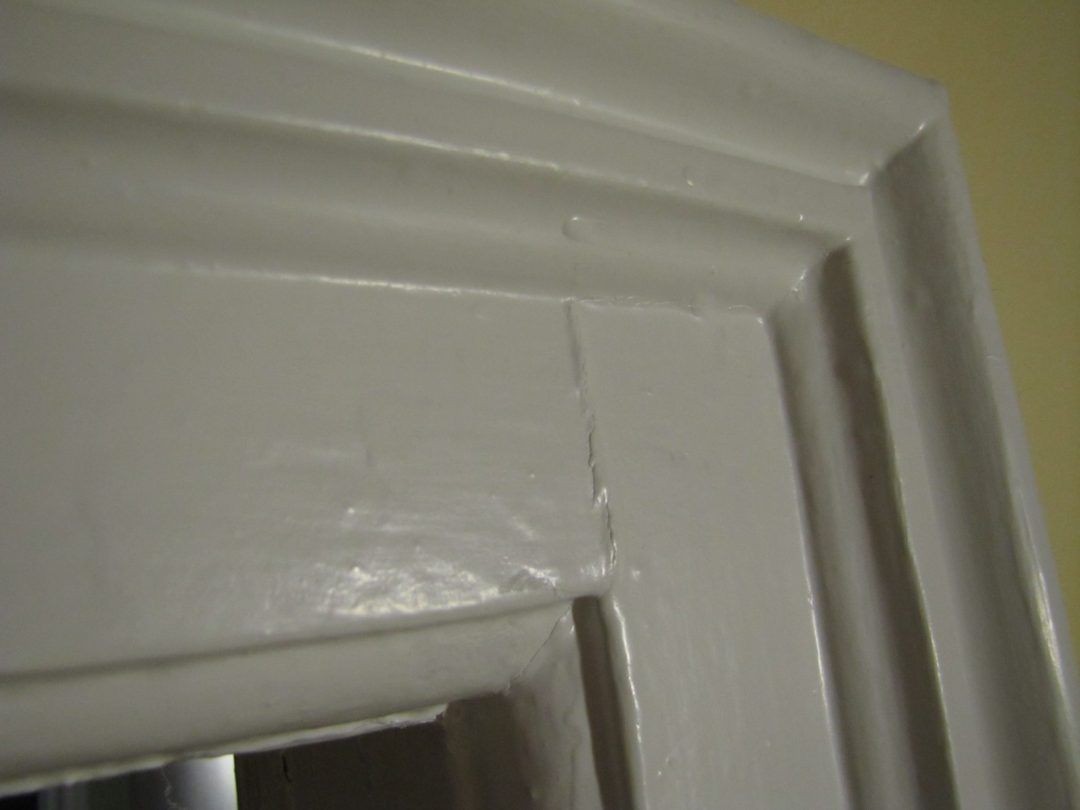
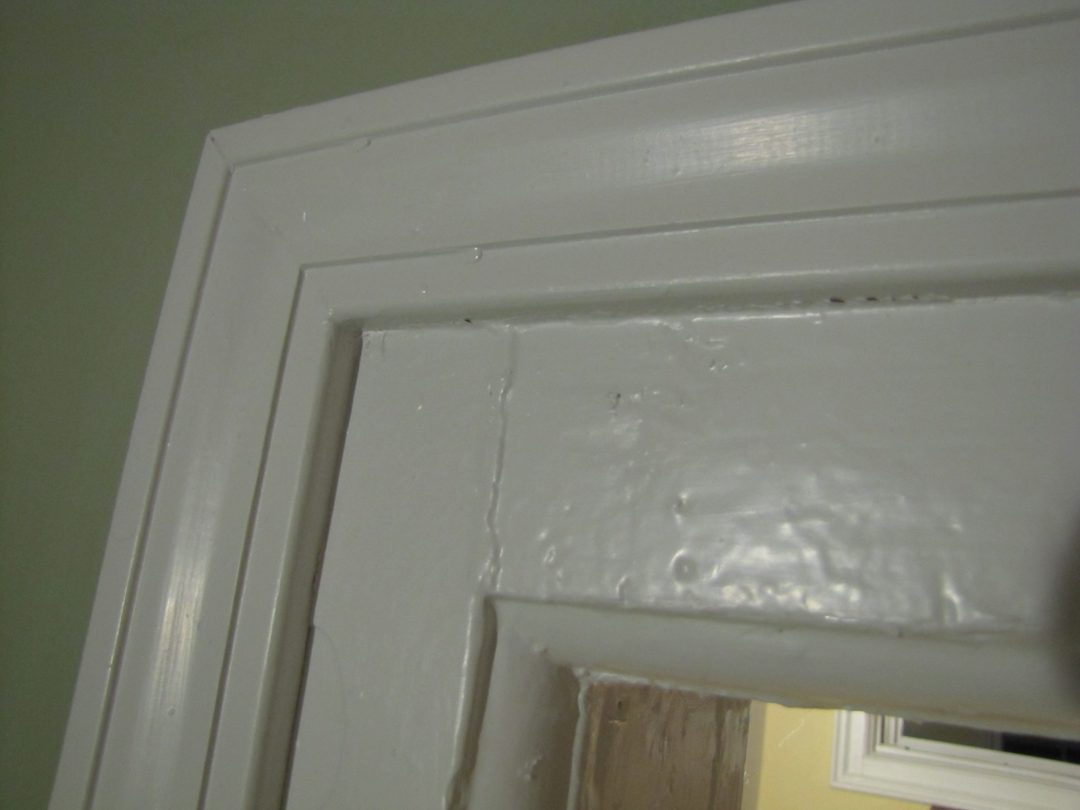
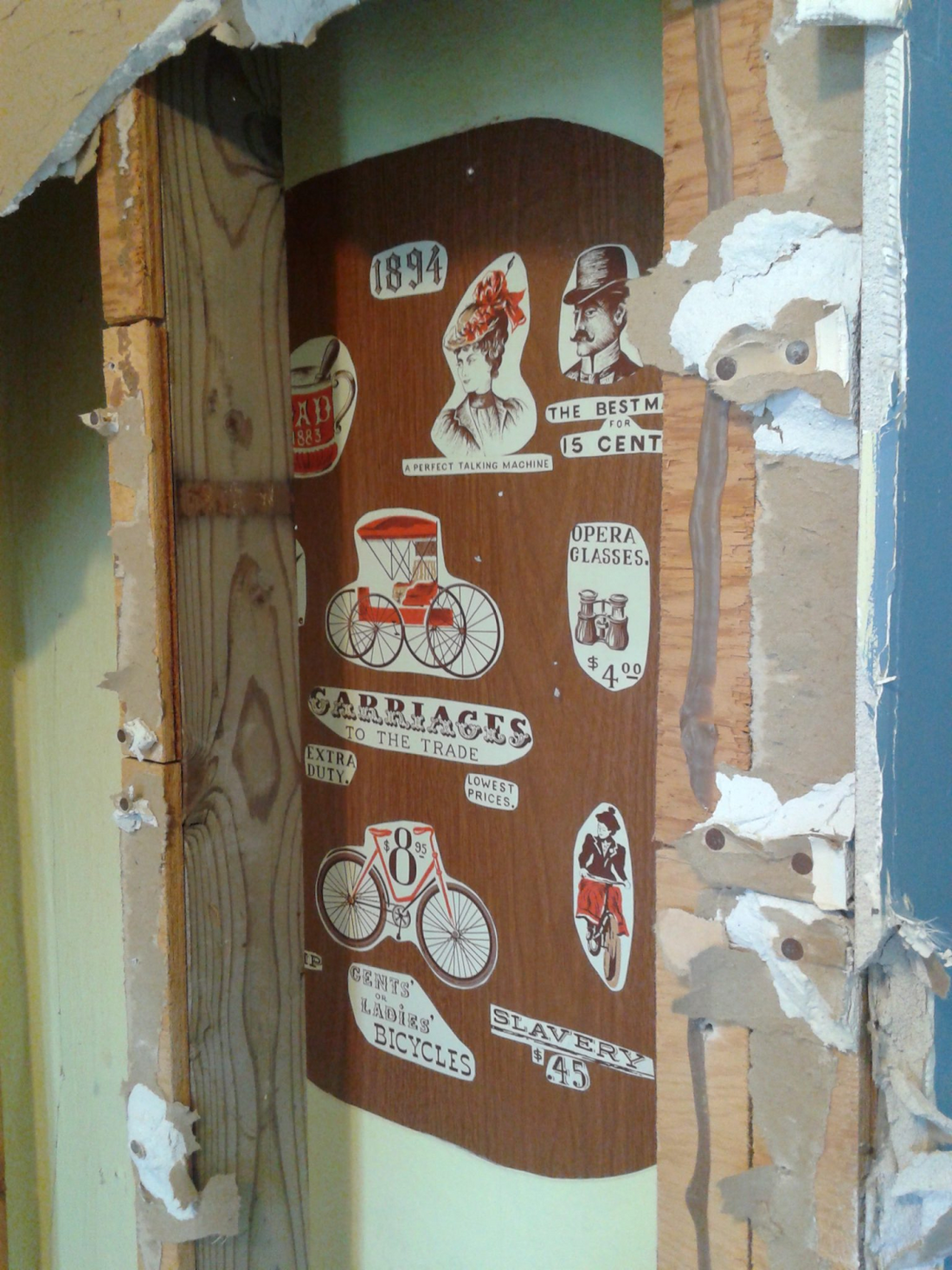
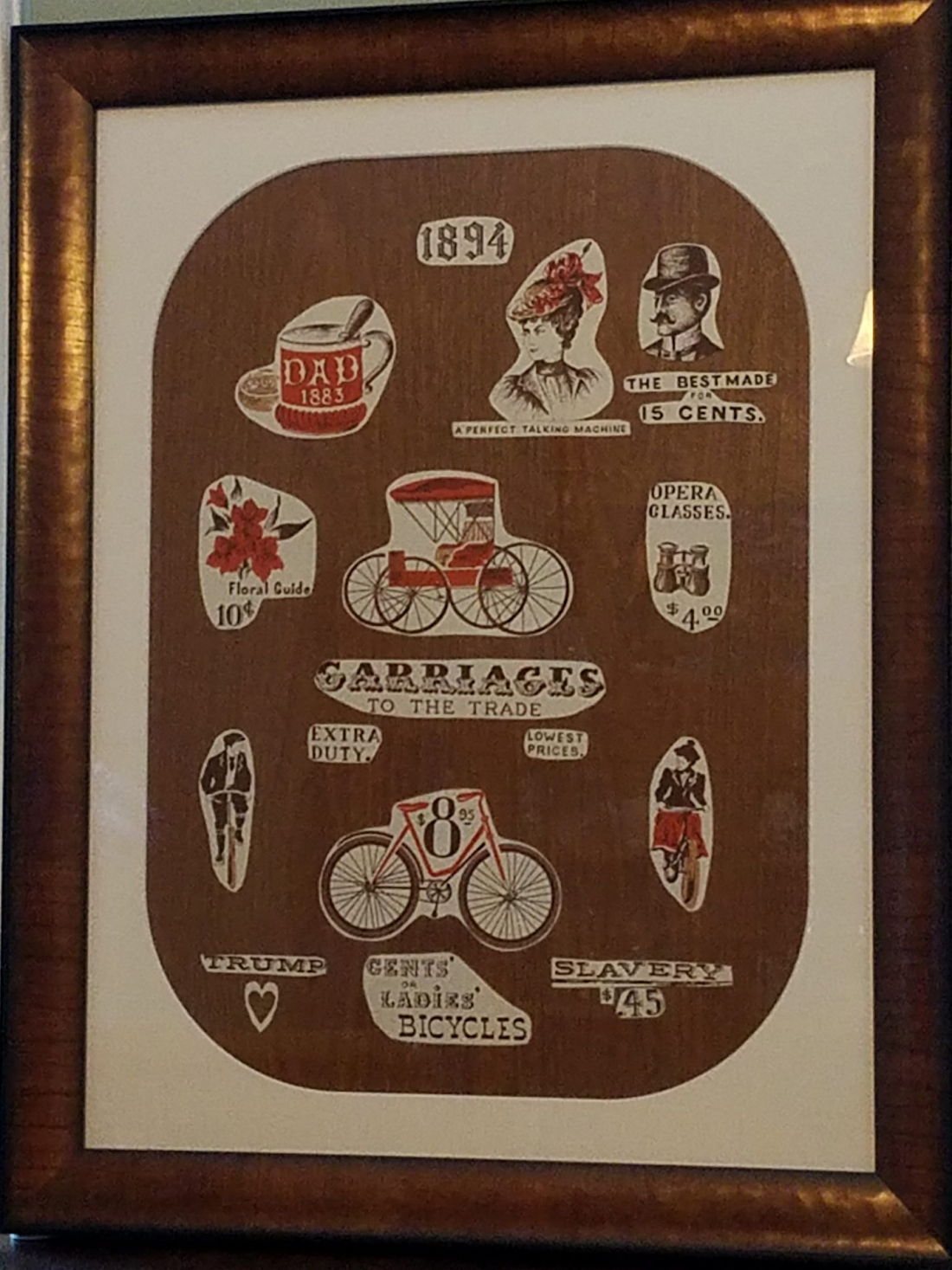

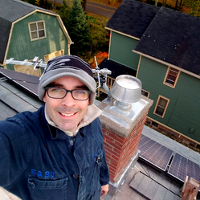
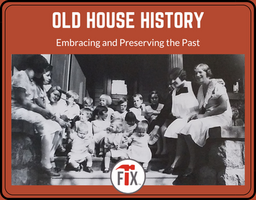
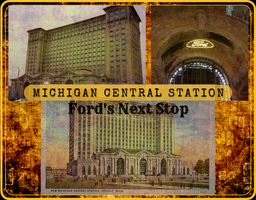
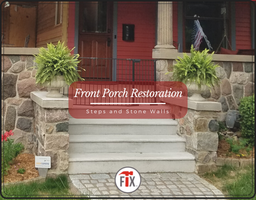
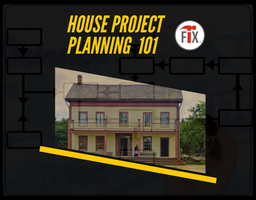
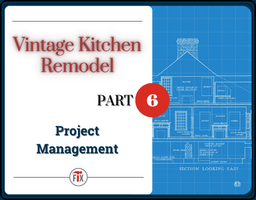
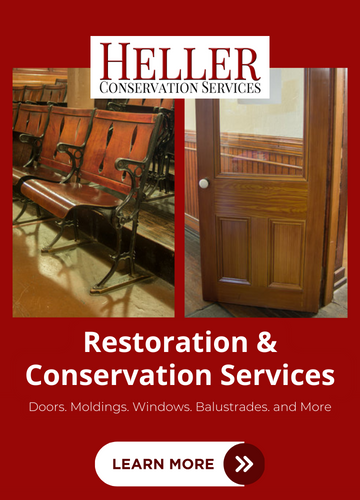
0 Comment(s)